CLASSICS
Opening Night Gala
SEPT 9, 2023
Anastasiya Petryshak, violin PG. 27
CLASSICS
Gothic Midnight
OCT 7, 2023
Dmytro Choni, piano PG. 33
POPS
From China Town to La La Land
NOV 3-4, 2023
Brian Byrne, conductor PG. 41

CLASSICS
Folk Roots
NOV 11, 2023
Mark and Maggie O’Connor, violin PG. 45
FOR HOUSE NOTES SEE PAGE 25.
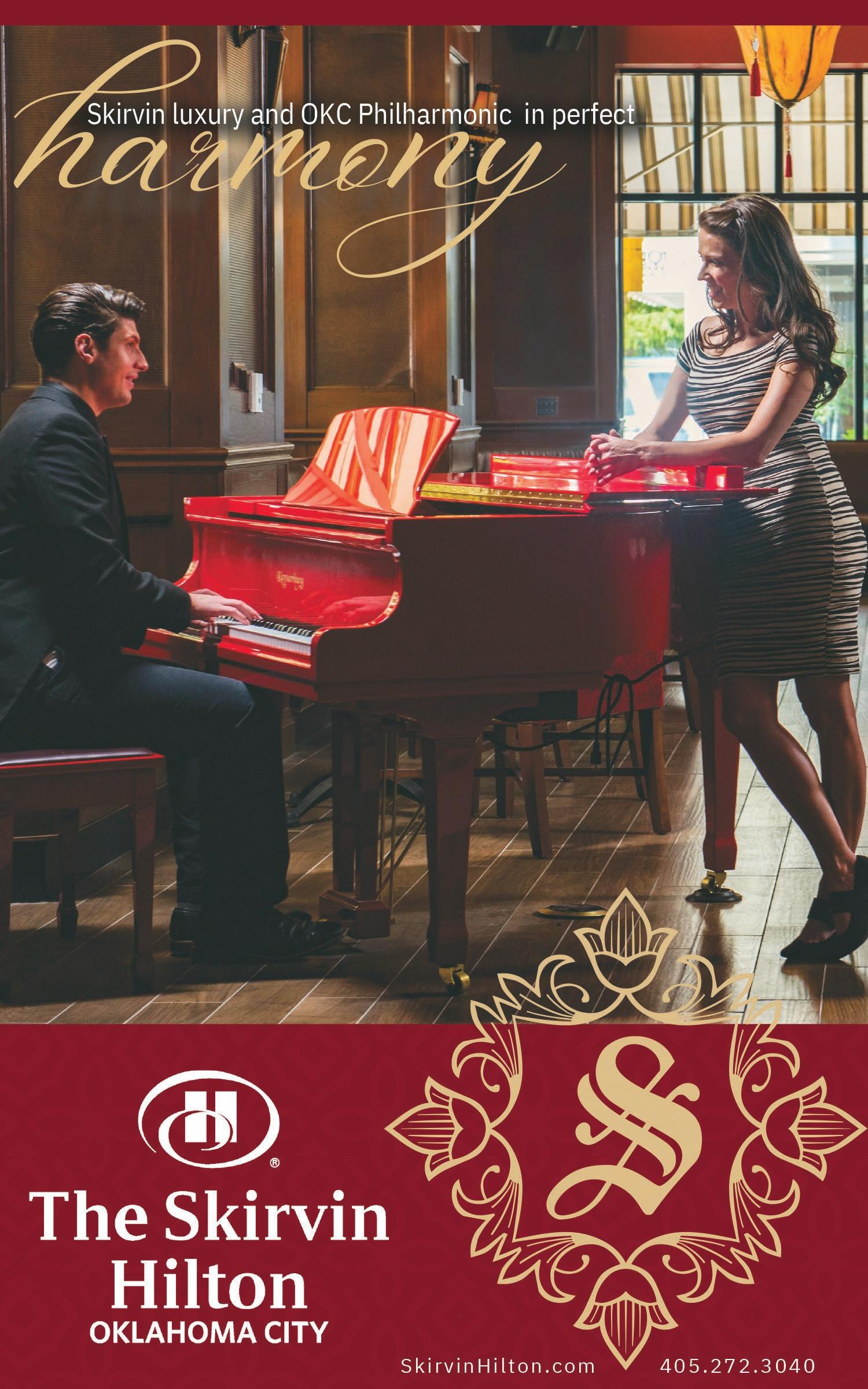
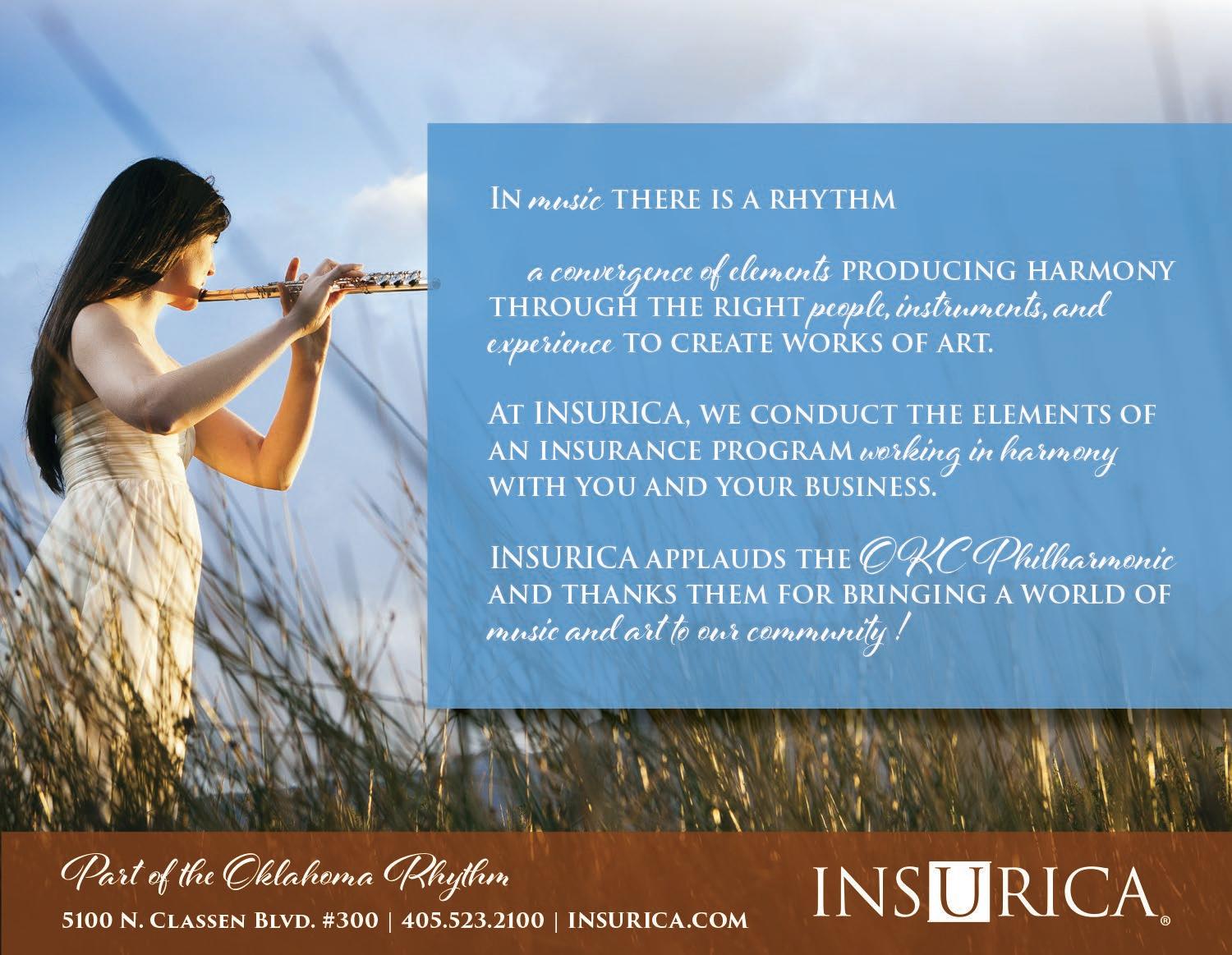

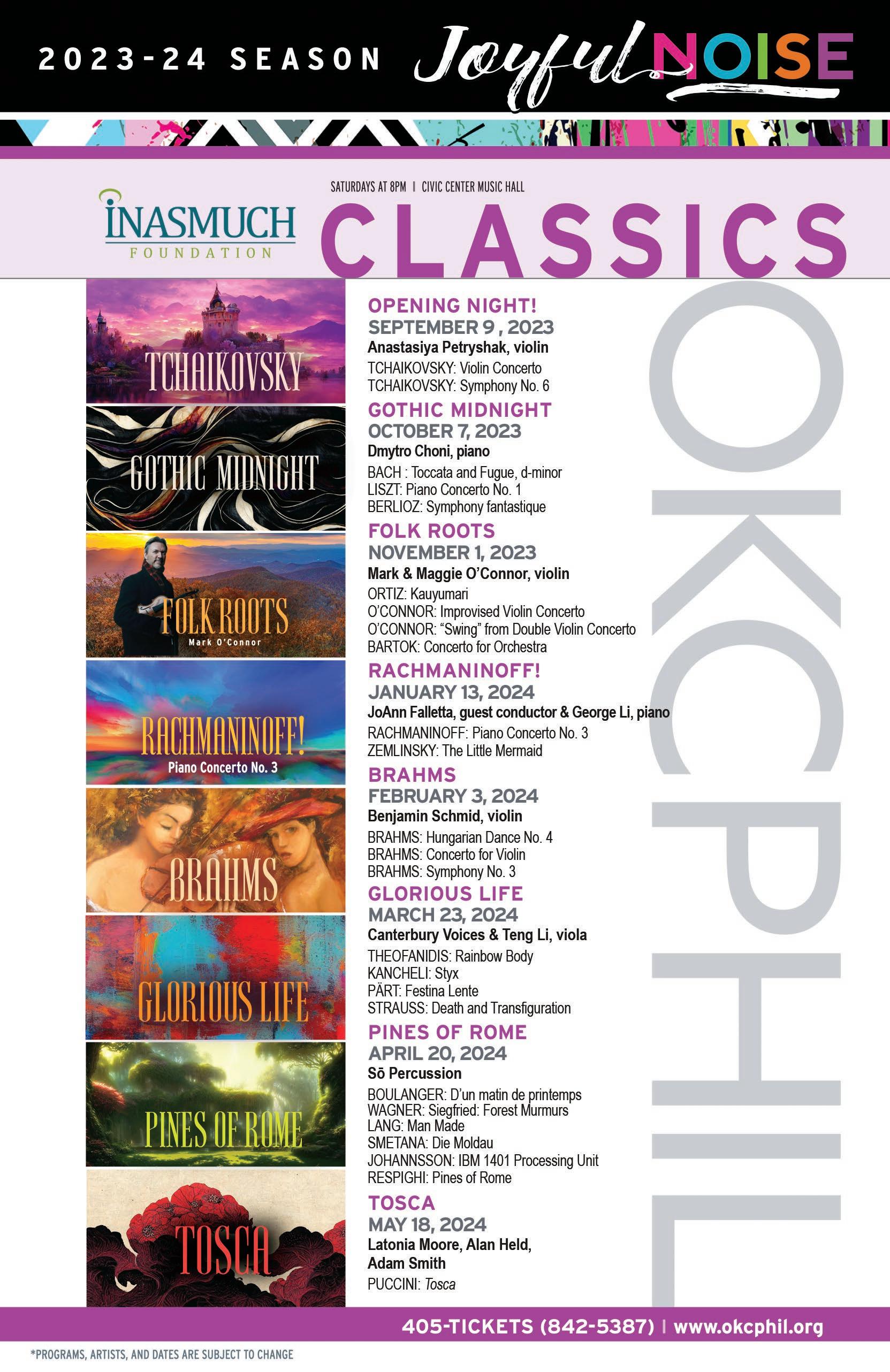


JERROD SHOUSE, President Oklahoma Philharmonic Society, Inc.

Welcome to the Oklahoma City Philharmonic! We are honored to welcome our faithful season subscribers, our dedicated community philanthropic partners, and our first-time attendees. This season marks 35 years of the OKCPHIL providing inspiration and joy for the community through orchestral music. We are proud of our legacy and so excited about our future.
Part of our vision is to enhance the cultural life of the community and to educate future generations about the value of music. Given that charge, the OKCPHIL is focused more than ever on programs and concert experiences bringing the entire community together. This season has something for everyone to enjoy through our Classics, Pops, and Discovery concerts, thanks to our Music Director, Maestro Alexander Mickelthwate and our dynamic and dedicated staff led by our new Executive Director Brent Hart. This season is the perfect opportunity to invite someone to a future Philharmonic concert who has not attended before.
On behalf of the entire Oklahoma City Philharmonic family, thank you for being here! Say “hello” to someone you have not met before, and come back soon!
DEBRA KOS, President Oklahoma City Orchestra League
The Oklahoma City Orchestra League welcomes you to the 35th season of the OKC Philharmonic. We are excited about the lineup presented by our wonderful Maestro, Alexander Mickelthwate, and our talented OKCPhil musicians!
I am honored to serve as President of the Orchestra League, and we will continue with our mission to educate, enrich, and inspire our community by supporting orchestral music and promoting volunteerism. Our social activities and fundraising efforts provide support to the Oklahoma City Philharmonic, and our educational programs and instrumental competitions promote inspiration and inclusion to our community at large.
This year, the Orchestra League celebrates 75 years since our inception, and I am grateful to those who continue to contribute to our rich legacy.
To learn more about the Orchestra League or to become a member, please kindly visit www.orchestraleague.org or email league@okcphil.org.
DESIREE SINGER, President Associate Board
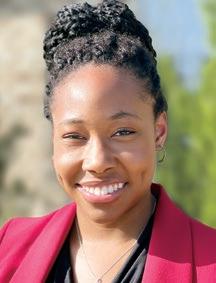

On behalf of the Oklahoma City Philharmonic Associate Board, I am privileged and honored to welcome you to the 2023-2024 season! This season’s lineup beautifully returns to the traditional while highlighting diversity in musical expression, and even throws in some heart-pounding, gravity-defying action toward the end. Our hope is that you will leave each performance hearts full and feeling inspired.
The mission of the Associate Board is to build a space for young professionals to cultivate a love for the orchestral arts and connections with others who value what the arts add to our beautiful city. To do this, we have created the Overture Society, a three-concert package combined with opportunities to socialize, network and serve the community. Consider joining the Overture Society today and show your support for the arts in OKC. We are excited to have you!
WELCOME THIRTY-FIFTH SEASON 7
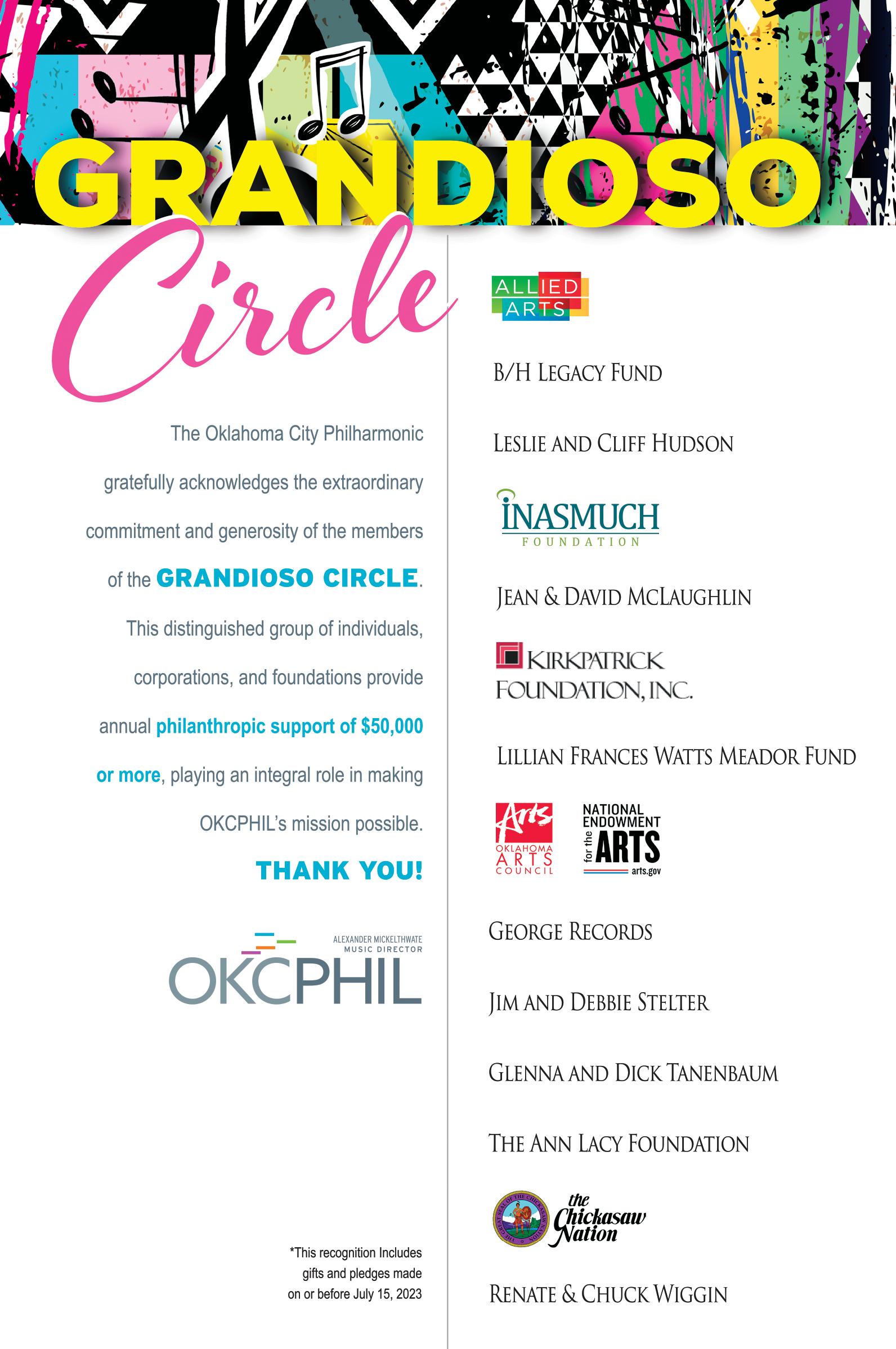
8
EXECUTIVE DIRECTOR

BRENT HART
On behalf of the entire OKCPHIL family, welcome to our 2023-24 Season! We are thrilled to present another year of phenomenal performances and programs, as we continue to serve our mission of providing joy and inspiration through orchestral music to our community
This season’s Inasmuch Foundation Classics Series features beautiful stories reflecting on the highs and lows of the human experience. The lineup features meditative and inspirational works by Tchaikovsky, Berlioz, Brahms, Strauss and Respighi. We close the Classics Series with a powerful opera performed by our full orchestra on stage with internationally recognized singers from The Metropolitan Opera in New York City.
The Chickasaw Nation Pops Series offers something for everyone, from famous music from the movies, to Broadway, and Heroes and Villains. Our Christmas spectacular, A Very Merry Pops, features Sandi Patty and Take 6. We are excited to bring back the very popular Mariachi Los Camperos who wowed us in 2020. You won’t want to miss our final performance of the Pops season featuring Golden Globe and Tony Award-winning actress Bernadette Peters!
Here in the Civic Center Music Hall and across our region, the OKCPHIL continues its commitment to offering accessible music through a variety of Education and Community Engagement programs. From our free outdoor orchestral concerts at Scissortail Park, music education programs and Youth Concerts for elementary school students, Society of Strings program for adult amateur string players and Young Musician Competition for talented players, these initiatives continue to enhance the lives of thousands of Oklahomans of all ages.
We are deeply grateful for your ongoing loyalty, support and generosity which makes all of this possible. Your ticket purchases, season subscriptions and donations of all sizes allow us to deepen our impact in the community in numerous ways.
Thank you, and I look forward to seeing you at our concerts throughout the season!
9
THIRTY-FIFTH SEASON

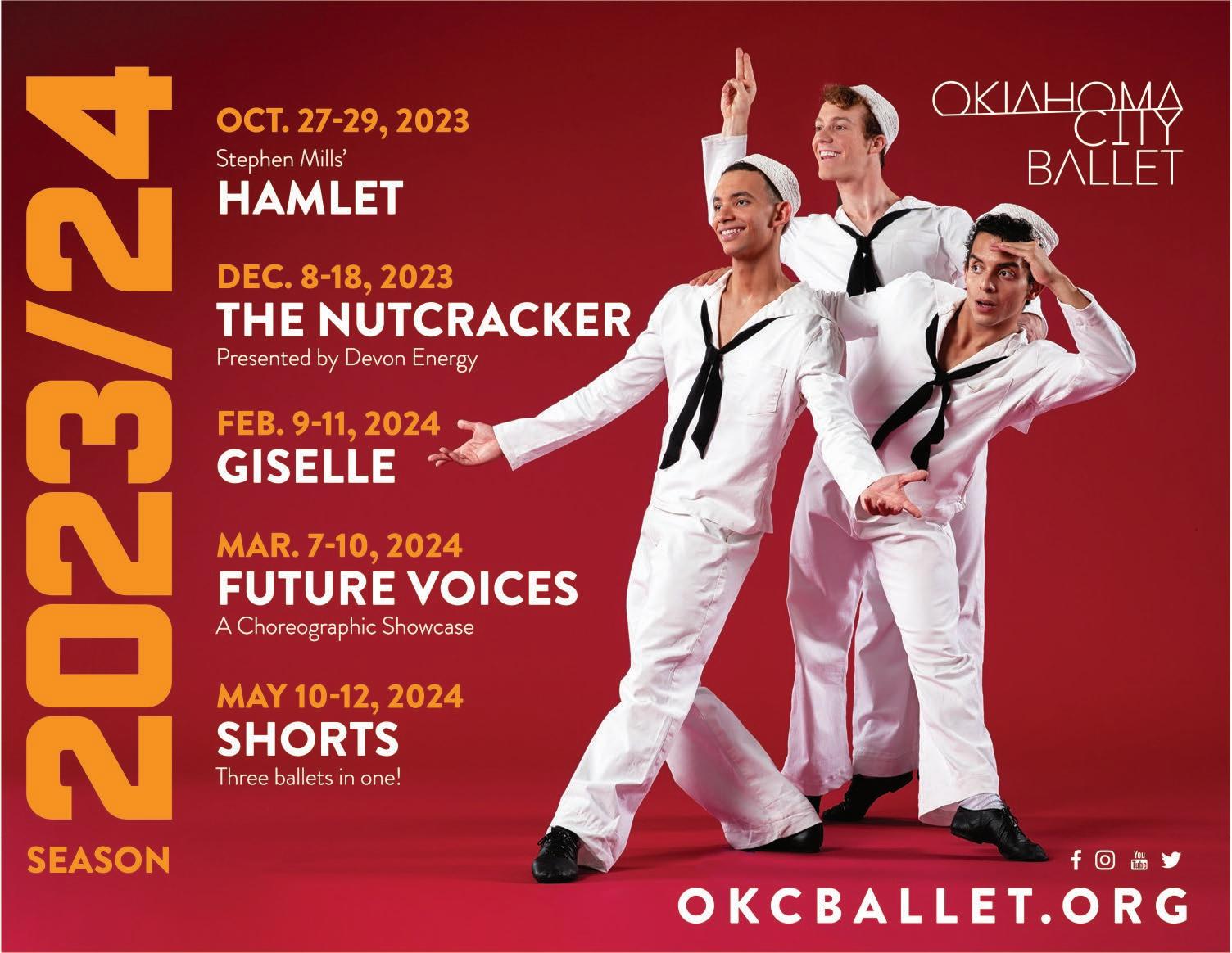
MUSIC DIRECTOR
As he prepares for his sixth season leading the Oklahoma City Philharmonic, Maestro Alexander Mickelthwate has become part of the community.
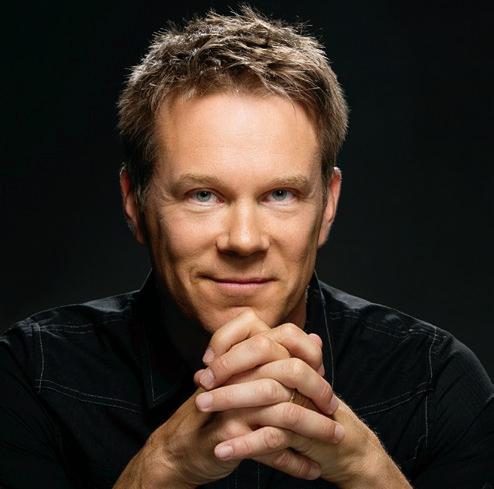
“It’s amazing, and also quite humbling,” Mickelthwate said. “My morning routine usually consists of studying at Harvey Bakery in Midtown. Quite often customers will approach me and say they saw me on television or on the side of a bus. To me, that signifies what we are doing at the OKCPHIL is resonating with the community, and making everyone feel welcome.”
The OKCPHIL has been a source of joy and inspiration for 35 years, enriching Oklahoma and its communities through orchestral music. When Mickelthwate came on board, he brought with him an eagerness to build on the successes of the past and pave the way for the future.
“Oklahoma City should be known as a breeding ground for fun and creativity,” he said. “That’s my thing. In our first season, we were always surprised how the audiences were really open to the contemporary. It’s crazy how embracing the audience is for adventurous, fun new things. This season, we are tempering the contemporary with traditional. I think audiences will be pleased with what they hear.”
Born and raised in Frankfurt, Germany, Mickelthwate grew up in a home filled with classical music. He received his degree from the Peabody Institute of Music, and has worked with orchestras in Atlanta, Winnipeg and Los Angeles.
He is Music Director Emeritus of the Winnipeg Symphony Orchestra in Canada, and in 2022, accepted the position of Music Director for the prestigious Bear Valley Music Festival in Bear Valley, California. In early 2023, Mickelthwate traveled to Hanoi where he was Guest Conductor at the Vietnam National Symphony Orchestra.
Since he’s been in Oklahoma, Mickelthwate has received numerous awards and honors, including being twice-named “The Face of Music” by 405 Magazine. The OKC Friday newspaper named him one of the “Top 50 Most Powerful,” and the Ladies Music Club of Oklahoma City lauded him “Musician of the Year.”
Accolades aside, one of Mickelthwate’s goals is to tell Oklahoma stories through music.
“When I first came to Oklahoma City, I read Sam Anderson’s book, ‘Boom Town,’ and from there I began studying Oklahoma’s colorful history,” he said. “We have so many great stories, and seeing them come to life through music is aweinspiring. Two seasons ago, I programmed a Native American work by Jerod Tate. We commissioned a piece by Jonathan Leshnoff commemorating the Oklahoma City Bombing. And last year we told the story of local civil rights icon Clara Luper through music composed by Hannibal Lokumbe. I want to continue bringing more of these stories to our audiences.”
Mickelthwate lives in Oklahoma City with his wife of 25 years, Abigail, and sons Jack and Jacob. He is active in the community, and in high demand for speaking engagements from Rotary to the Greater Oklahoma City Chamber. When he’s not studying at Harvey Bakery, Mickelthwate is Artist in Residence at the University of Central Oklahoma where he enjoys working with the next generation of musicians, and conducting UCO’s symphony orchestra.
“My personal philosophy is that music has a way of reaching us in a way nothing else does,” Mickelthwate said. “It goes deep inside, creating and facilitating beauty in a harsh world. We want the Oklahoma City Philharmonic to be meaningful, to be fun and a place where we are all one. I have often said we feel the love, Oklahoma City. And we are giving it right back.
11
ALEXANDER MICKELTHWATE THIRTY-FIFTH SEASON
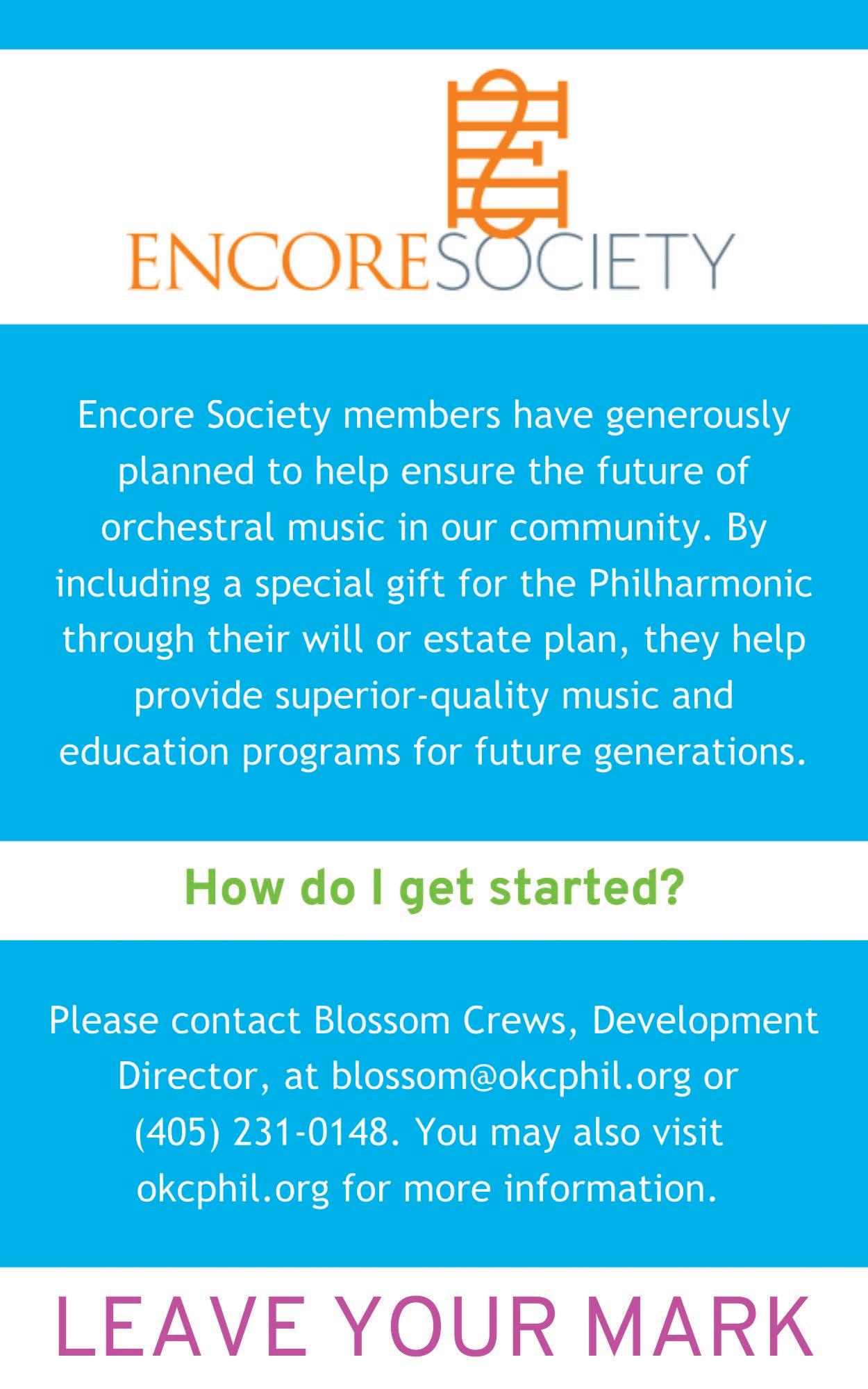
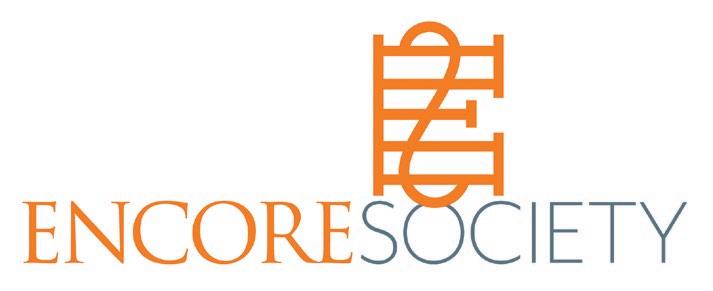




OKLAHOMA PHILHARMONIC SOCIETY, INC
THE BOARD OF DIRECTORS
OFFICERS
Jerrod Shouse President
Jim Roth President Elect
Debbie McKinney Vice President
Kevin Dunnington Treasurer
Jennifer Schultz Secretary
Jane Jayroe Gamble Immediate Past President
ADMINISTRATIVE STAFF
John Allen General Manager
Jose Batty Music Librarian
Mark Beutler Director of Marketing & Public Relations
Blossom Crews Director of Development
Jared Davis
Customer Service Representative
Allison Demand
Concert Operations Assistant & Guest Artist Liaison
ACKNOWLEDGEMENTS
Classical KUCO 90.1
Morningstar Properties
PHOTOGRAPHERS:
LIFETIME DIRECTORS
Jane B. Harlow
Patrick Alexander
DIRECTORS
Louise Cleary Cannon
Robert Clements
Joy Hammons
Kirk Hammons
Mautra Staley Jones
Debra Kos
Kristian Kos
Tom Lerum Matt Paque
Jeana Gering Education Manager
Daniel Hardt Finance Director
Brent Hart Executive Director
Judy Hill Administrative Assistant
Daryl Jones Senior Manager of Ticketing & Patron Data
Stephen Kelleher Box Office & Marketing Assistant
Oklahoma City Police Association
George Ryan
Craig Perry
Sam Rainbolt
Kelly Sachs
Amalia Miranda Silverstein
Desiree Singer
Doug Stussi
Geetika Verma
Evan Walter
Renate Wiggin
Wendi Wilson
Joel Levine
Archivist/Historian
Ashley Spears Development Associate
Robin Sweeden
Institutional Giving Coordinator
Corbin Taggart
Marketing Coordinator
Valorie Tatge
Orchestra Personnel Manager
Stubble Creative, Inc. The Skirvin Hotel
Titan AVL
Michael Anderson, Jesse Edgar Photography, Simon Hurst, Mutz Photography, and Shevaun Williams and Associates
THE OKLAHOMA PHILHARMONIC SOCIETY, INC.
424 Colcord Drive, Ste. B
Tickets: (405) 842-5387
• Oklahoma City, Oklahoma 73102
• Administration: (405) 232-7575 • Fax: (405) 232-4353
• www.okcphil.org

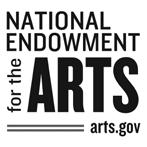

15
INSPIRATION AND JOY THROUGH
PROVIDING
ORCHESTRAL MUSIC
AFFILIATED PARTNERS
The Oklahoma City Philharmonic Foundation was established to provide leadership and endowment expertise to help ensure a stable financial base for orchestral music and musical excellence in Oklahoma City for generations to come. Distributions from the Oklahoma City Philharmonic Foundation provide a meaningful and secure source of annual income for the Philharmonic’s operations, continually confirming the importance of endowment in an organization’s long-range planning and overall success.
Current officers and directors of the Oklahoma City Philharmonic Foundation are:

OFFICERS
Douglas J. Stussi, President
Charles E. Wiggin, First Vice President
Jeff Starling, Second Vice President
Louise Cleary Cannon, Treasurer
Alice Pippin, Secretary
DIRECTORS
Steven C. Agee
Patrick B. Alexander
J. Edward Barth
L. Joe Bradley
Andre’ B. Caldwell
Teresa L. Cooper
Paul Dudman
Jane Jayroe Gamble
Mischa Gorkuscha
Jane B. Harlow
Jean Hartsuck
Michael E. Joseph
Harrison Levy, Jr.
Duke R. Ligon
Jessica Martinez-Brooks
Penny McCaleb
Michael J. Milligan
Erik Salazar
Patrick E. Randall, II
Richard Tanenbaum
EXECUTIVE COMMITTEE
Debra Kos President
Geetika Verma President-Elect
Orchestra League Office 424 Colcord Dr., Ste. B
Oklahoma City, Oklahoma 73102
Phone: (405) 232-7575
Fax: (405) 232-4353
e-mail: league@okcphil.org
OFFICERS
Desiree Singer President
James Hulsey President-Elect
Mady Hendryx Secretary
Kelsey Karper Marketing Chair
16
THE ORCHESTRA
ALEXANDER MICKELTHWATE, Music Director and Conductor
JOEL LEVINE, Founder and Music Director Emeritus
BRENT HART, Executive Director
FIRST VIOLIN
Gregory Lee, Concertmaster , Gertrude Kennedy Chair
Marat Gabdullin, Associate Concertmaster
Densi Rushing, Assistant Concertmaster
Yena Lee
Hong Zhu
Beth Sievers
Chandler Fadero
Min Jung Kim
Deborah McDonald
Lu Deng
SECOND VIOLIN
Katrin Stamatis*, Principal , McCasland Foundation Chair
Catherine Reaves, Assistant Principal
Sophia Ro
Sarah Sanford Brown
Corbin Mace
Angélica Pereira
Audrey Lee
Yajing (Cindy) Zhang
Lok-Hin Cheng
VIOLA
Royce McLarry, Principal
Mark Neumann, Assistant Principal
Joseph Guevara
Kelli Ingels
Steve Waddell
Donna Cain
Brian Frew
CELLO
Jonathan Ruck, Principal , Orchestra League Chair
Meredith Blecha-Wells, Assistant Principal
Valorie Tatge
Emily Stoops
Jim Shelley
Angelika Machnik-Jones
Jean Statham
BASS
Anthony Stoops, Principal
Larry Moore, Assistant Principal
Christine Craddock
Mark Osborn
Parvin Smith
FLUTE
Valerie Watts, Principal
Parthena Owens
Nancy Stizza-Ortega
PICCOLO
Nancy Stizza-Ortega
OBOE
Lisa Harvey-Reed, Principal
Rachel Maczko
Katherine McLemore
ENGLISH HORN
Rachel Maczko
CLARINET
Bradford Behn, Principal
Tara Heitz
Jim Meiller
BASS/E-FLAT CLARINET
Jim Meiller
BASSOON
Rod Ackmann, Principal
James Brewer
Barre Griffith
CONTRABASSOON
Barre Griffith
HORN
Kate Pritchett, Principal, G. Rainey Williams Chair
James Rester
Mirella Gable
Matt Reynolds
TRUMPET
Karl Sievers, Principal
Jay Wilkinson
Michael Anderson
TROMBONE
Philip Martinson, Principal
John Allen, Bass Trombone
TUBA
Ted Cox, Principal
TIMPANI
Jamie Whitmarsh, Principal
PERCUSSION
Patrick Womack, Principal
Stephanie Krichena
Roger Owens
HARP
Gaye LeBlanc, Principal
PIANO
Peggy Payne, Principal
*on leave for the 2023-24 season
PRODUCTION STAFF
John Allen, General Manager
Valorie Tatge, Personnel Manager
Jose Batty, Music Librarian
Allison Demand, Guest Artist Liaison/ Concert Operations Assistant
17
THIRTY-FIFTH SEASON
PLANNED GIVING
The Oklahoma Philharmonic Society, Inc. is honored to recognize its EncoreSociety members — visionary thinkers who have provided for the future of the Oklahoma City Philharmonic through their estate plans.
Anonymous (3)
Steven C. Agee, Ph.D.
Linda and Patrick Alexander
Gary and Jan Allison
Louise Cleary Cannon
Mr. and Mrs. Robert H. Clements
Thomas and Rita Dearmon
Dr. and Mrs. James D. Dixson
Dr. Ralph and Lois Ganick
Hugh Gibson
Pam and Gary Glyckherr
Carey and Gayle Goad
Ms. Olivia Hanson
Jane B. Harlow
Dr. and Mrs. James Hartsuck
Mr. and Mrs. Michael E. Joseph
THANK YOU
Joel Levine and Don Clothier
John and Caroline Linehan
Mr. and Mrs. Marvin C. Lunde, Jr.
Mrs. Jackie Marron
Mr. and Mrs. John McCaleb
Jean and David McLaughlin
W. Cheryl Moore
Carl Andrew Rath
Mrs. Cathy Reaves
Mrs. Lil Ross
Dr. Lois Salmeron
Mr. and Mrs. William F. Shdeed
Doug and Susie Stussi
Larry and Leah Westmoreland
Mr. John S. Williams
Mr. and Mrs. Don T. Zachritz
The Oklahoma Philharmonic Society, Inc. is grateful for the support of caring patrons who want to pass on a legacy of extraordinary music to future generations. You can join this special group of music enthusiasts by including a gift for the OKC Philharmonic’s future in your own will or estate plan. For more information on how to become an Encore Society member, contact the Philharmonic’s Development Office at (405) 232-7575.
18
THE PHILHARMONIC SOCIETY, INC.
Trumpet
OKCPHIL Musician
Growing up, Karl Sievers remembers his parents always playing music.
“We had a big GE console ‘hi-fi’ system, and I played LPs of orchestral music constantly,” he remembers. “My parents took my brother, sister and me to military band concerts, and as early as age 6, I was enamored with the shiny instruments and the exciting sound. Especially the trumpets!”
Karl is Principal Trumpet for OKCPHIL, having won his audition in 1999.
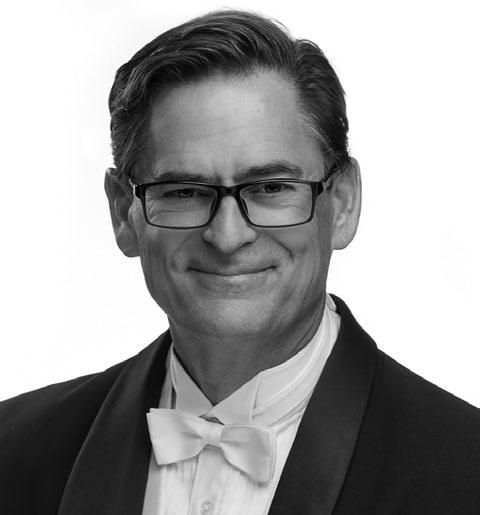
“I was excited and profoundly grateful for the opportunity to fulfill a lifelong dream,” he says. “I had done most of my career in commercial music—live TV, Broadway shows, and in the recording studio. Now I had come full circle in that I was given a chance to play orchestral music full time.”
Music runs in the family, as Karl’s wife, Beth, sits in OKCPHIL’s 1st Violin section. When he’s not playing music, Karl is an avid motorcyclist, loves to fish, and is an avid runner.
“Having lived and worked in several cities throughout the USA, I am very aware how fortunate we all are to have this community of musicians and friends in a wonderfully supportive city,” he said.
Development Associate
OKCPHIL Staff
I am originally from Tulsa but have recently began calling OKC home since starting my Development Associate role with the OKCPHIL in October 2022. My fascination with music took off as a child when my grandparents were commonly seen playing the piano or singing around their house, encouraging us granddaughters to join in on the fun. I may have missed out on the musical gene, but my admiration and appreciation toward the music world continues to grow — often seen in my love for film scores and soundtracks.
I graduated from the University of Oklahoma in 2022, where I studied Creative Media Production and Nonprofit Organizational Studies. I am a film buff at heart, and a core element in cinema that excites me the most is the effect a music choice can have on setting the tone for an entire scene.
I have always been interested in a nonprofit career, and I am thrilled to have found a position that combines my love for nonprofit development with the arts. If you see me at an OKCPHIL concert or event, don’t be a stranger!

MEET OUR FAMILY 19
THE PEOPLE BEHIND THE MUSIC
KARL SIEVERS ASHLEY SPEARS
GIFTS TO THE PHIL
The Oklahoma City Philharmonic gratefully acknowledges the commitment and generosity of individuals, corporations, foundations, and government agencies that support our mission. To help us provide inspiration and joy to the community through live orchestral performances and a variety of Education and Community Engagement programs, please contact the Philharmonic’s Development Office at (405) 232-7575.
This Annual Fund recognition reflects contributions made in the 2022-23 Season and contributions for the 2023-24 Season made through July 6, 2023.
If your name has been misspelled or omitted, please accept our apologies and inform us of the error by calling the phone number listed above. Thank you for your generous support!
CORPORATIONS, FOUNDATIONS & GOVERNMENT
Express their generous commitment to the community.
UNDERWRITER
$25,000 & Above
Ad Astra Foundation
E.L. and Thelma Gaylord Foundation
Express Employment International
Scissortail Park Foundation
The Oklahoman
The Skirvin Hilton Hotel
GUARANTORS
$10,000 - $24,999
405 Magazine
American Fidelity Foundation
Devon Energy Corporation
HSPG and Associates, PC
I Heart Media
Love’s Travel Stops & Country Stores
MidFirst Bank
NvYA Technologies
OGE Energy Corp.
Tyler Media Co./Magic 104.1FM and KOMA
W&W Steel, LLC
BENEFACTORS
$5,000 -$9,999
BancFirst
Bank of Oklahoma
Bryan Garrett Injury Law Firm
Clements Foods Foundation
Heartland Payment Systems
Mekusukey Oil Company, LLC
Oklahoma City National Memorial Foundation
The Metro
SUSTAINERS
$2,500 - $4,999
BNSF Railway Foundation
Morningstar Properties, LLC
OKC Friday
OK Gazette
Oklahoma Allergy & Asthma Clinic
The Black Chronicle
ASSOCIATES
$1,500 - $2,499
The Fred Jones Family Foundation
FRIENDS
$1,000 - $1,499
PARTNERS
$500 - $999
Tom Johnson Investment Management
MEMBERS
$250-$499
Harrison-Orr Air Conditioning
The Kerr Foundation
MATCHING GIFT COMPANIES AND FOUNDATIONS
Double the impact of an individual’s gift.
American Fidelity Foundation
Bank of America Matching Gifts Program
Merrill Lynch & Co. Foundation, Inc.
The Boeing Company Inasmuch Foundation
20
GIFTS TO THE PHIL
MAESTRO SOCIETY
Providing leadership support.
Gerald and Jane Jayroe Gamble
Jane B. Harlow
Ed and Barbara Krei
Bill and Sally McNutt
Martha and Ronnie Bradshaw
Louise Cleary Cannon and Gerry Cannon
Mrs. Teresa Cooper
UNDERWRITER
$25,000 and above
The Estate of Dr. Jay Jacquelyn Bass
Dr. Lois Salmeron
Amalia Miranda Silverstein, MD
Mr. Richard L. Sias
GUARANTOR
$10,000 - $24,999
Linda and Patrick Alexander
Marilyn and Bill Boettger
Foundation Fund
Larry and Polly Nichols
Doug and Susie Stussi
BENEFACTOR
$5,000 - $9,999
Steven C. Agee, Ph.D.
Mo Anderson
Mrs. Betty D. Bellis-Mankin
John and Margaret Biggs
Dr. and Mrs. L. Joe Bradley
INDIVIDUALS
SUSTAINER
$2,500-$4,999
Anonymous (2)
Dr. and Mrs. Dewayne Andrews
Dr. and Mrs. John C. Andrus
Dr. Charles and Marilyn Bethea
Dr. and Mrs. Philip C. Bird
Mike And Dawn Borelli
Phyllis Brawley
Mr. and Mrs. Fred Brown
Mr. and Mrs. Robert F. Browne
Phil G. and Cathy Busey
Mr. and Mrs. Robert H. Clements
Barbara Cooper
Mr. and Mrs. David C. DeLana
Sidney G. Dunagan
David and Druanne Durrett
Joseph and Yvette Fleckinger
The Crawley Family Foundation
The Estate of Lois Marie Fees
Darleene A. Harris
Dr. and Mrs. Patrick McKee
Ms. Elizabeth A. Whittaker
Kathy and Randy Buttram
The Ruth Mershon Fund
Lisa Carver Collins
Providing essential support for the Annual Fund.
Dr. and Mrs. Thomas P. Janssen
Kim and Michael Joseph
Kathy and Terry Kerr
Mari Medley
Annie Moreau, MD
Richard and Gayle Parry
Jerry and Jan Plant
Mr. H.E. Rainbolt
Lance and Cindy Ruffel
Dr. and Mrs. Hal Scofield
Jeff and Kim Short
John and Katherine Spaid
Mr. and Mrs. John E. Stonecipher
John Stuemky and James Brand
Billie Thrash
Dr. James and Elizabeth Wise
Jeanise Wynn
ASSOCIATE
Christopher Anthony
Ms. Zonia Armstrong
Christie Barnes
Mr. J. Edward Barth
Dr. and Mrs. William L. Beasley
William Beck
Dr. Jack and Ruth Beller
Nels and Donna Bentson
Nick and Betsy Berry
Bart Binning
Larry and Sarah Blackledge
Carole and Deal Bowman
Mr. and Mrs. Del Boyles
Mrs. Carole S. Broughton
Mr. and Mrs. William Cameron
Dr. and Mrs. J. Christopher Carey
Ms. Janice B. Carmack
Jeff Caughron
Mr. and Mrs. Mike Cawley
Frank Goforth and Nancy Halliday
Dr. and Mrs. James M. Hartsuck
David and Vicki Hunt
Colonel (ret.) Dean and Mrs. Jeanne Jackson
$1,500 - $2,499
Virginia and Albert Aguilar
Nancy and Louis Almaraz
Ms. Beth M. Alonso
Drs. Fong Chen and Helen Chiou
Nancy Coleman
Ms. Betty Crow
Mrs. Patricia Czerwinski
CONTINUED ON PAGE 54
21



23
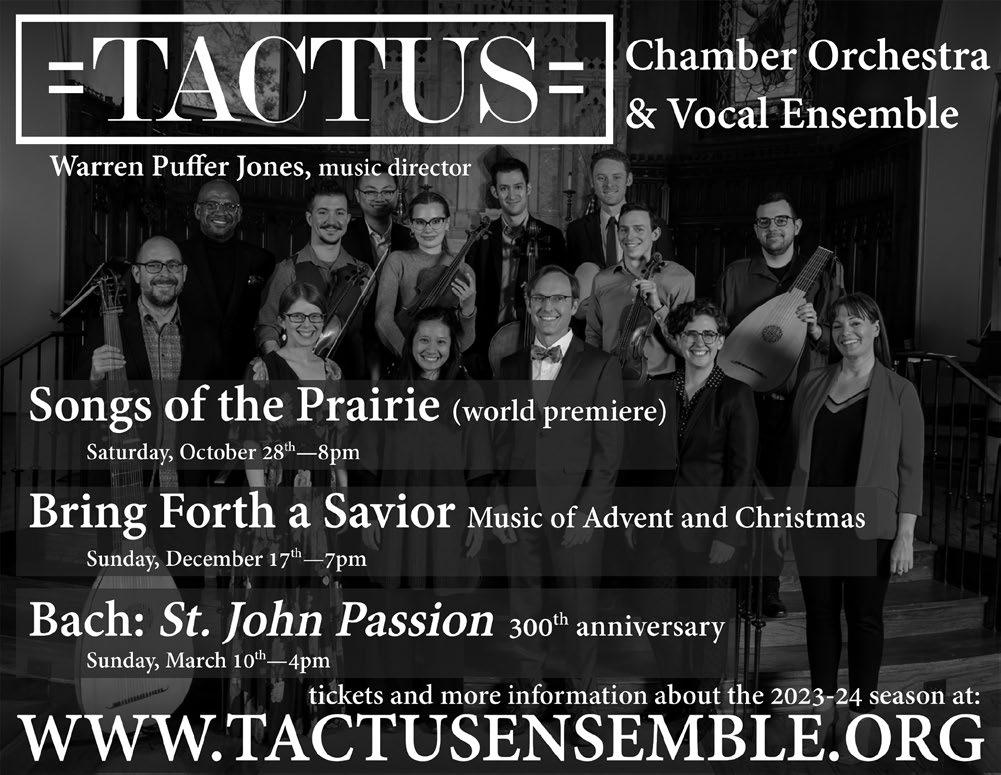


RESTROOMS are conveniently located on all levels of the theater. Please ask your usher for guidance.
LATECOMERS and those who exit the theater during the performance may be seated during the first convenient pause, as determined by the management.
ELECTRONIC DEVICES must be turned off and put away during the performance (no calling, texting, photo or video use please).
BEVERAGES: Bottled water is permitted in the theater at the Classics Series concerts. Beverages are permitted in the theater at the Pops Series concerts; however, bringing coffee into the theater is discouraged due to the aroma.
SMOKING in the Civic Center Music Hall is prohibited. The Oklahoma City Philharmonic promotes a fragrance-free environment for the convenience of our patrons.
FIRE EXITS are located on all levels and marked accordingly. Please note the nearest exit for use in case of an emergency.
ELEVATORS are located at the south end of the atrium lobby of the Civic Center Music Hall.
CHILDREN of all ages are welcome at the Philharmonic Discovery Family Series and Holiday Pops performances; however, in consideration of the patrons, musicians and artists, those under five years of age will not be admitted to evening Classics and Pops concerts unless otherwise noted.
BOOSTER SEATS for children are available in the Civic Center lobby. Please inquire at the Box Office.
STUDENT RUSH are $11 each and available with a high school or university I.D. and email address at the Box Office, 1 hour prior to the start of each Philharmonic performance. Tickets are offered based on availability only and seats may be located throughout the theater.
VIDEO MONITORS are located in the lobby for your convenience.
WHEELCHAIR AVAILABLE SEATING – Persons using wheelchairs or with walking and climbing difficulties will be accommodated when possible. Those wishing to use the designated wheelchair sections may purchase the wheelchair space and a companion seat. Please inform the Philharmonic or Civic Center Box Office staff of your need when ordering tickets so that you may be served promptly and appropriately. Please request the assistance of hall ushers to access wheelchair seating.
HEARING LOOPS have been installed. Ask your audiologist to activate the telecoil in your hearing aid or cochlear implant. Due to the mechanics of the stage, the hearing loops do not reach the pit section but are available at the Box Office and the Thelma Gaylord Performing Arts Theatre. The copper wire in the floor and telecoil work together to connect the hearing device to the theater’s sound system using a magnetic field which dramatically improves sound clarity for patrons using hearing devices.
LOST & FOUND is located in the Civic Center office (405-594-8300) weekdays 8:30 a.m. – 5:00 p.m.
PHILHARMONIC TICKET OFFICE may be contacted by calling 405-TIC-KETS (405-842-5387) or you can visit the Philharmonic Ticket Office located on the first floor of the Arts District Garage at 424 Colcord Drive in Suite B. The Philharmonic Ticket Office is open Monday through Friday, 10:00 a.m. to 5:00 p.m. and by phone on concert Saturdays from 10:00 a.m. to 2:00 p.m.
CIVIC CENTER BOX OFFICE hours are Monday through Friday, 10:00 a.m. to 6:00 p.m. and two hours prior to each performance. (405-594-8300)
ARTISTS, PROGRAMMING, AND DATES SUBJECT TO CHANGE.
25 HOUSE
THIRTY-FIFTH SEASON
NOTES

This season is about humanity. The deep-seated humanity of you, me, all of us. Humanity with all its emotional expressions. In our case, the deep-seated humanity of our heroes. Our geniuses. Our composers. Born with gifts. Imagining the most beautiful melodies and inspiring music. Yet fully human. With all their ups and downs.
OPENING NIGHT
Tchaikovsky the genius. His music is being played all over the planet to hundreds of millions of people. It inspires. It gives hope. But most of all it nurtures something deep, deep within us. Tchaikovsky, an enlightened prophet above all carnal woes?
Far from it. He wrote, despite his pains and insecurities. In every piece he transcended anew. He fought anew. And he was victorious anew. Each piece rooted in deep struggles. By composing, he is setting an example, lending reprieve to millions.
The first half of the program is his violin concerto with wonderful Ukrainian violin soloist Anastasiya Petryshak. I programmed the violin concerto in connection with Lyric Theater’s world premiere “Concerto,” an exciting new play about all the intriguing stories behind that famous work.
For a deeper understanding of concert programming, please, join Maestro Mickelthwate for his Preconcert Talk at 7pm in the auditorium. Open seating.

ALEXANDER MICKELTHWATE, CONDUCTOR

ANASTASIYA PETRYSHAK, VIOLIN

TCHAIKOVSKY .............. Violin Concerto in D major, Op. 35
Allegro moderato—Moderato assai
Canzonetta. Andante
Finale. Allegro vivacissimo
Intermission
TCHAIKOVSKY............... Symphony No. 6 in B minor, Op. 74, Pathétique
Adagio—Allegro non troppo
Allegro con grazia
Allegro molto vivace
Finale: Adagio lamentoso
THIS CONCERT IS GENEROUSLY SPONSORED BY:
In Memory of Dr. Paul Silverstein
 Anastasiya Petryshak, violin
Anastasiya Petryshak, violin
CONCEPTS
OPENING
SEPTEMBER 9, 2023 • 8:00 P.M. 27
CLASSICS
FROM THE Maestro
NIGHT GALA
Listen to a broadcast of this performance on KUCO 90.1 FM on Thursday, October 5 at 7pm and Saturday, October 7 at 8 am on “Performance Oklahoma”. Simultaneous internet streaming is also available during the broadcast.
OKCPHIL SPOTLIGHT SCHOOL: Ardmore High School
ANASTASIYA PETRYSHAK
Anastasiya was born in Ukraine in 1994. At the age of eight, she started performing in public, winning several competitions of national and international importance.
In 2005, she moved to Italy to continue her studies, becoming the youngest student of Maestro Salvatore Accardo at the “Walter Stauffer” Academy in Cremona for eight years.
Since 2016, she moved to Switzerland, graduated from ZHdK Academy in Zürich in the “Master Soloist” with Maestro Rudolf Koelman and continues to further affirm her art. Her international career allows Anastasiya to play all over the world: All European countries but also beyond, like United States of America, Mexico, South Korea, Saudi Arabia, Lebanon, South Africa.
She performs in the most important theatres: Sala Santa Cecilia in Rome, Italy; Teatro de la Maestranza in Sevilla, Spain; Teatro Politeama in Palermo, Italy; Metropolitan Pavilion in New York, USA; Teatro Conjunto Santander in Guadalajara, Mexico; Quirinale palace and Senate in Rome, Italy; etc., with renowned orchestras (Royal Philharmonic Orchestra of London; Real Orquesta Sinfonica de Sevilla; Orquesta Sinfonica Sinaloa de las Artes; etc.) and conductors like Vasily Petrenko, Michel Tabachnik, Gianluigi Gelmetti, Luigi Piovano, Giuseppe Finzi, and Miguel Salmon del Real. Since 2010, Anastasiya is regularly collaborating with Andrea Bocelli.
In 2018, she has recorded her first CD “Amato Bene” with “Gli Archi dell’Orchestra dell’Accademia Nazionale di Santa Cecilia”, playing the Stradivari “Il Toscano”, issued by Sony Classical. Anastasiya continues her collaboration with Sony and publishes her second album in 2023, “Ange Terrible”, focused on the French masterpieces of the early twentieth century. Anastasiya acquired an immense experience while performing with the best historical instruments (Stradivari, Amati, Guarneri) of Cremona’s “Museo del Violino” collection. She played and recorded on more than 60 of these instruments for research purposes. She had the privilege to play Paganini’s violin “Il Cannone” performing his violin concerto n.1 during a concert at Teatro Carlo Felice in Genoa.
In addition to her concert activities, she is also engaged in teaching as she teaches at the “Yamaha Music School” in Zurich and is regularly invited to give masterclasses in various countries.
She received the “European Personality in the Classical Music” award in 2016. In 2022, she was recognized “Woman of the Year” and received the international “Profilo Donna” award (32nd edition). Anastasiya regularly plays for world class projects like presidential state visits or “Il Grande Mistero” wanted by Pope Francis in European religious landmarks such as Sagrada Familia in Barcelona.
She has been featured in several documentaries and TV programs, including “Petruska”, “Festival di Sanremo”, “60’ Minutes” broadcast by CBS USA, EBS International, “Telethon”. She also got invited to the renowned annual Christmas Concert at the Basilica Superiore di San Francesco d’Assisi, organized by the RAI, for their 35th edition (2020).
Anastasiya is a Pirastro artist and regularly plays a violin especially made for her by Roberto Regazzi in 2012.
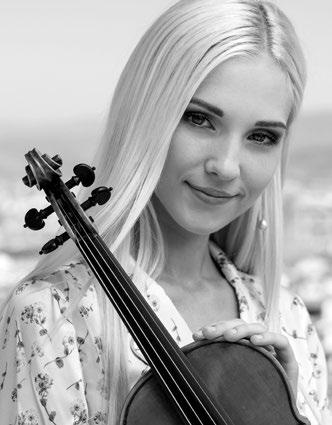
28
OPENING NIGHT GALA
GUEST ARTIST
PROGRAM NOTES
Using him as an emissary, she made contact with Tchaikovsky and in February 1877 proposed to support him—insisting, however, that they must never meet in person. For the next 13 years they exchanged a flood of effusive correspondence and she deposited 500 rubles in Tchaikovsky’s bank account every month, an act of benefaction that freed him to pursue his artistic goals without having to undertake “work for hire” to pay the bills.
Violin Concerto in D major, Op. 35
Pyotr Ilyich Tchaikovsky
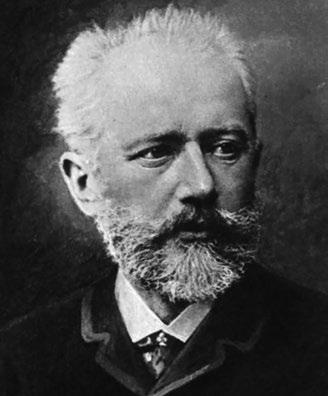
First Performance: 2/27/1944
Violin: Zino Francescatti
Last Performance: 2/3/2018
Violin: Chee-Yun Kim
Born: April 25 (old style)/May 7 (new style), 1840, in Votkinsk, Russia
Died: October 25/November 6, 1893, in St. Petersburg, Russia
Work composed: March 5/17 through March 30/April 11, 1878
Work premiered: November 22/December 4, 1881, in Vienna, with violinist Adolf Brodsky and the Vienna Philharmonic, Hans Richter conducting
Instrumentation: Two flutes, two oboes, two clarinets, two bassoons, four horns, two trumpets, timpani, and strings, in addition to the solo violin
By 1877, Pyotr Ilyich Tchaikovsky stood at the forefront of his generation of Russian composers thanks to such works as his first three symphonies, his Shakespearean overture-fantasy Romeo and Juliet, his Dante-inspired tone poem Francesca da Rimini, his Piano Concerto No. 1, his Variations on a Rococo Theme (for cello and orchestra), his ballet Swan Lake, and his three string quartets. That year two things occurred that had a decisive influence on the direction his path would take. Both were fraught with problems.
The first was the consolidation of his relationship with Nadezhda Filaretovna von Meck. Musically adept, immensely wealthy (thanks to the commercial success of her recently deceased husband, an engineer from Riga), and maternally productive (with 18 children to her credit), she had positioned herself in Moscow society as a patron of the arts and, specifically, as a collector of musicians. She had recently added to her entourage the young violinist Iosif Kotek, a former pupil of Tchaikovsky’s.
Then a second bizarre thing happened. Tchaikovsky got married, on the spur of the moment. Perhaps it had to do with anxiety about his quite overt homosexuality; perhaps it was an exploit of filial devotion to an 81-year-old father who viewed marriage as the principal goal of a man’s life. In any case, he had some sort of nervous breakdown only weeks after the wedding and abandoned his wife, though they would never divorce.
The First Dedicatee
Leopold Auer, the Hungarian violinist for whom Tchaikovsky wrote his Violin Concerto, came to rue the day he had questioned its value. In truth, he admired many things about Tchaikovsky—both the man and his music. In his memoirs, My Long Life in Music (1924), he recalled the composer with unmistakable warmth:
In my mind’s eye I see once more the great figures of those days. There is Tchaikovsky, with the personality and the manners of a French marquis of the eighteenth century; but very modest, with a modesty which could not be mistaken for a pose. He was too intelligent ever to attempt playing a part among his artist comrades, to whom, incidentally, he was always most cordial. ... Tchaikovsky was excessively sensitive; modest and unassertive in his dealings with all, he was deeply appreciative of any interest shown in him or in his works.
—JMK
As part of his recovery, he took a trip to Switzerland with Kotek at the outset of 1878. They played through a lot of music together, including Lalo’s Symphonie espagnole, a violin concerto in all but name; and it was that work which inspired Tchaikovsky to write a violin concerto himself. He composed it in a heat of inspiration, with Kotek offering
29
OPENING NIGHT GALA TCHAIKOVSKY
CONTINUED ON PAGE 30
PROGRAM NOTES
technical advice on the solo part. When Tchaikovsky sent the score to von Meck, she wrote back that she didn’t like it. To his credit, the composer, who was often given to self-doubt, defended his piece, although he did decide to replace his original slow movement. (The earlier one lives on as a standalone Méditation for violin and orchestra or piano, and it was eventually repurposed as the opening movement of his suite Souvenir d’un lieu cher.) Further objections came from the violinist Leopold Auer, to whom Tchaikovsky wanted to entrust the premiere: he declared it unplayable, much as the pianist Nikolai Rubinstein had dismissed Tchaikovsky’s Piano Concerto No. 1 four years earlier. Too bad for Auer; the honor of the premiere instead went to Adolf Brodsky, who worked on the concerto for more than two years before he dared to perform it. For this he was rewarded with the concerto’s official dedication, which had originally been destined for Auer. Eventually Auer changed his mind. He not only performed this piece but also taught it to his students, many of whom became leading interpreters of this work, too—names of legend such as Elman, Heifetz, Milstein, Shumsky, and Zimbalist.
Tchaikovsky’s Violin Concerto wasted little time staking a place in the repertoire. It is an overwhelmingly lyrical work that rarely ventures into the stormy outbursts that can characterize his symphonic pieces. The first movement, by turns balletically graceful and comparatively urgent, makes difficult technical demands, but the fireworks generally sparkle as counterpoint to the overall gentility. The slow movement is elegiac but not depressive (Tchaikovsky could easily fall into that trap), and the Finale emerges without a break, serving up a dazzling array of pyrotechnics.
Symphony No. 6 in B minor, Op. 74, Pathétique
Pyotr Ilyich Tchaikovsky

First Performance: 11/24/1941
Conductor: Victor Alessandro
Last Performance: 1/9/2016
Conductor: Joel Levine
Work composed: February through August 1893
Work premiered: October 16/28, 1893, at the Hall of Nobles in St. Petersburg, with the composer conducting
Instrumentation: Three flutes (third doubling piccolo), two oboes, two clarinets, two bassoons, four horns, two trumpets, three trombones, tuba, timpani, cymbals, bass drum, tam-tam (ad lib.), and strings
Most subtitles attached to symphonies are appended after the fact without the composer’s involvement. True to form, the name Pathétique (to be understood in the classic connotation of “infused with pathos” rather than the modern sense of “sadly inept”) was suggested after this work was first heard, but barely. Tchaikovsky’s brother Modest proposed the subtitle Pateticheskaia the day after the premiere, and the composer embraced it enthusiastically—for about 24 hours. Then he shot off a note to his publisher, Pyotr Jurgenson, asking that the name not be printed on the title page, a request the publisher ignored.
In any case, it was an improvement on the title that had identified the work at its premiere: Program Symphony. Nikolai Rimsky-Korsakov said that at the concert he asked Tchaikovsky what the program was, to which Tchaikovsky replied that “there was one, of course, but he did not wish to announce it.” Months earlier, Tchaikovsky had told his nephew, Bob Davidov (to whom the symphony is dedicated), that the piece would have “a program of a kind that would remain an enigma to all ..., [a] program saturated with subjective feeling.” Subjective feeling was as mother’s milk to Tchaikovsky, and it is abundantly displayed in this work; but even without the composer’s intimation, the listener would suspect that something specific was being suggested through this symphony. Tchaikovsky, however, had his way: the exact program remains a mystery.
The satisfaction he expressed in a letter to Jurgenson leaps off the page: “I give you my word of honor that never in my life have I been so contented, so proud, so happy in the knowledge that I have written a good piece.” The other shoe was bound to drop, and it did two months later, with the premiere. “It was not exactly a failure,” Tchaikovsky
30
OPENING NIGHT GALA TCHAIKOVSKY
reported, “but it was received with some hesitation.” He should not have been surprised. What was an audience to make of a symphony so unorthodox as this, so redolent of private agony, so mysterious that its ending dies away in a whimper of nearly inaudible pianissississimo?
The symphony had emerged slowly from nothingness 45 minutes before, with the unusual sound of divided double basses and a solo bassoon, then enriched by divided violas, then with melancholy comments from the woodwinds, before breaking into a nervous Allegro non troppo. Tenderness, too, inhabits this movement, in the ardent theme for strings that all but quotes the “Flower Song” from Bizet’s Carmen, an opera Tchaikovsky admired greatly; and this gives way to a blustery section that quotes a Russian liturgical chant, surely connected in some way to the composer’s unrevealed plot.
Quirkiness continues with the second movement, which one would be tempted to call a captivating waltz were it not for the fact that it is in 5/4 meter. Choreographers of that time would have demanded the composer’s head on a platter if he had required dancers in one of his ballets to count out five beats to a bar. The movement’s wistfulness is swept away by the ensuing scherzo, growing from quiet fluttering into a march that crashes relentlessly to its deafening conclusion.
Were it not for its sinister overtones, one might take the march for the symphony’s conclusion. The real Finale is a curious appendage, the opposite of a “victory ending.” Its overriding emotion is despair, underscored by descending melodic sighs, an insistence on the minor mode (or, at least, a failure of major-mode passages to break through the gloom), and the final page that disappears into nothingness. What could it all mean?
Tchaikovsky died nine days after the Pathétique’s premiere, apparently the victim of cholera (though suicide has been suggested—and endlessly debated). Three weeks later, his final symphony received its second performance. “This time,” Rimsky-Korsakov wrote, “the public greeted it rapturously, and since that moment the fame of the symphony has kept growing and growing, spreading gradually over Russia and Europe.”
In the Composer’s Words
In 1892, before he began to set any notes down on manuscript paper, Tchaikovsky wrote a cursory sketch toward a scenario for his impending symphony: “The ultimate essence of the thirst for activity. Must be short. (Finale DEATH—result of collapse.) Second movement, love; third, disappointments; fourth ends dying away (also short).” First thoughts often give way to editing, and this would be no exception; but at least it is clear that some vague narrative informed this enigmatic symphony from its very beginning, its movements plotting a journey through human aspirations and emotions.:
—JMK
JAMES M. KELLER
James M. Keller is the longtime Program Annotator of the San Francisco Symphony and was formerly Program Annotator of the New York Philharmonic and a staff writer-editor at The New Yorker. The author of Chamber Music: A Listener’s Guide (Oxford University Press), he is writing a sequel volume about piano music. Portions of these notes previously appeared in the programs of the New York Philharmonic and are used with permission.
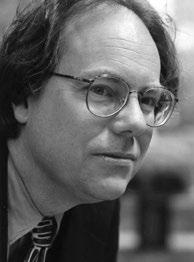
31 PROGRAM NOTES OPENING NIGHT GALA
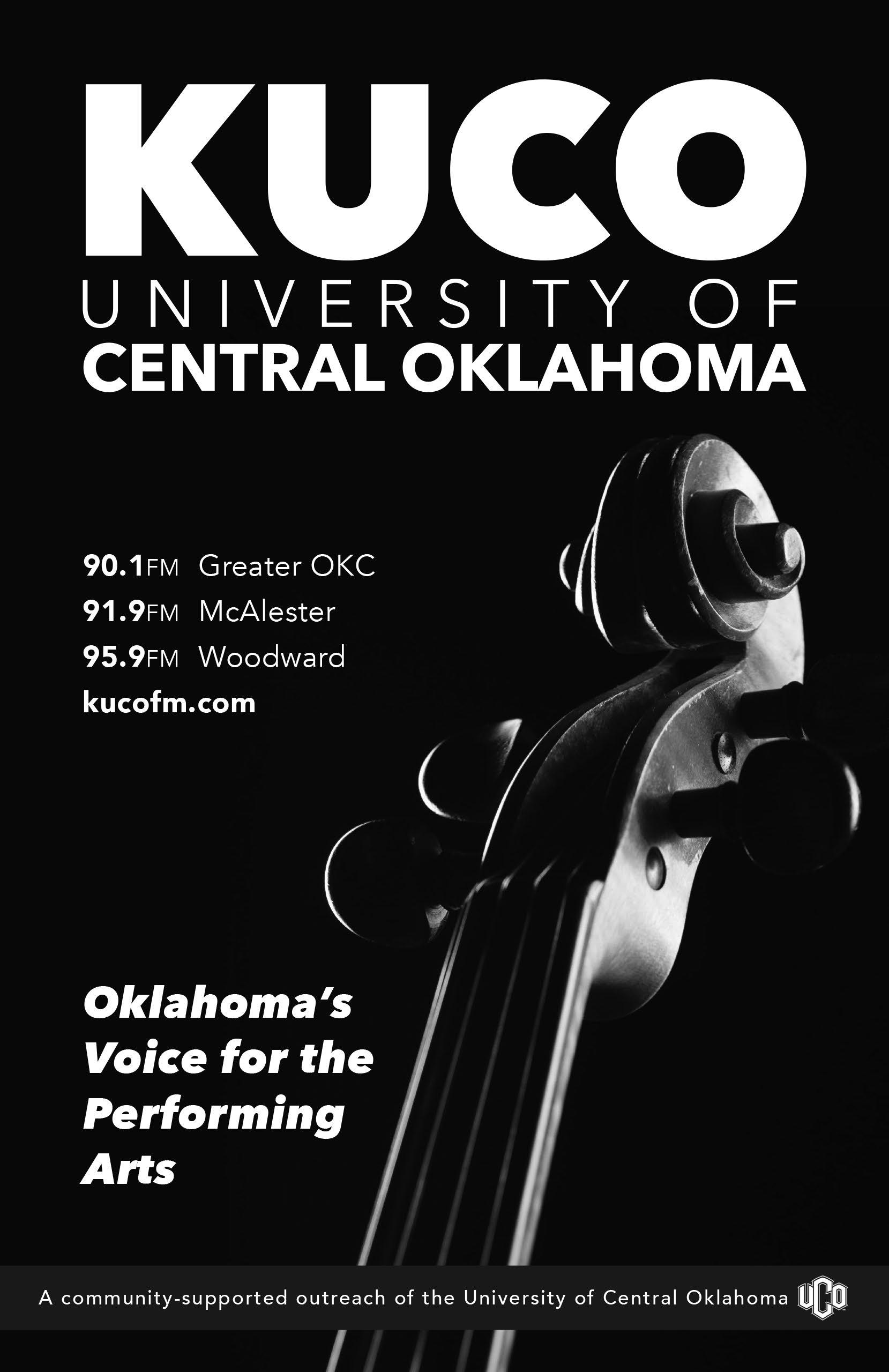
This season is about humanity. The deep-seated humanity of you, me, all of us. Humanity with all its emotional expressions. In our case, the deep-seated humanity of our heroes. Our geniuses. Our composers. Born with gifts. Imagining the most beautiful melodies and inspiring music. Yet fully human. With all their ups and downs.
In this program we blend Halloween with French composer Hector Berlioz. The roots to Halloween stem from the early Middle Ages. On “All Hallows Eve,” Christians placed flowers on the graves of their loved ones. Spirits and fairies were supposed to be more active, and many different traditions developed all the way to our time of witches, skeletons and ghouls.
This concert features masterworks with otherworldly associations. Which leads me to the main piece of the program. Berlioz was born in 1803, right after the French Revolution. The topic of his most famous work, the Symphonie fantastique, are his love escapades and opium trips, ending with the famous “Witches Sabbath.” Very appropriate for a program titled “Gothic Midnight.”
For a deeper understanding of concert programming, please, join Maestro Mickelthwate for his Preconcert Talk at 7pm in the auditorium. Open seating.


LISZT ......................
Piano Concerto No. 1 in E-flat major (1830-56)
Allegro maestoso: Tempo giusto
Quasi adagio
Allegretto vivace—Allegro animato
Allegro marziale animato
Dymtro Choni, piano
Intermission
BERLIOZ ................ Symphonie fantastique, Op. 14 (Fantastic Symphony: Episode in the Life of an Artist)
Reveries, Passions: Allegro agitato e appassionato assai— Religiosamente
A Ball: Valse: Allegro non troppo
Scene in the Fields: Adagio
March to the Scaffold: Allegretto non troppo
Dream of a Witches’ Sabbath: Larghetto—Allegro
Mr. Choni appears by arrangement with the Cliburn.
THIS CONCERT IS GENEROUSLY SPONSORED BY:
OKCPHIL SPOTLIGHT SCHOOL: Southeast High School, OKCPS
 J.S. BACH, ............... Toccata and Fugue in D minor arr. Stokowski
ALEXANDER MICKELTHWATE, CONDUCTOR
J.S. BACH, ............... Toccata and Fugue in D minor arr. Stokowski
ALEXANDER MICKELTHWATE, CONDUCTOR
GOTHIC
OCTOBER 7, 2023 • 8:00 P.M.
DYMTRO CHONI, PIANO
CLASSICS
MIDNIGHT
CONCEPTS FROM THE
Maestro
33
to a broadcast of this performance on KUCO 90.1 FM on Thursday, November 2 at 7pm and Saturday, November 4 at 8 am on “Performance Oklahoma”. Simultaneous internet streaming is also available during the broadcast.
GOTHIC MIDNIGHT
Listen
DMYTRO CHONI
Dmytro Choni took home bronze at the Van Cliburn International Piano Competition in June 2022, only the second Ukrainian pianist to medal at the prestigious contest. He won hearts and accolades with a compelling and colorful musicality that is fortified by a genuine, immediately engaging stage presence. As one critic noted: “Each time he strode onstage, it was with winning confidence and a big smile. He’s clearly an accomplished, assured... and communicative—pro” (Dallas Morning News).
Stand-out Cliburn performances were manyfold: Prokofiev’s Piano Concerto No. 3 that “[leapt] off the page in a stunning display of musical intelligence and keyboard athleticism” and showcased “contrasting sections of lush lyricism with blazing paroxysms and helter-skelter runs—a compelling performance from start to finish” (Classical Voice North America, Musical America). Beethoven’s Piano Concerto No. 3, which was “exceptional for its elegance, but even more so for the emotional arc that he created from beginning to end” (Seen and Heard International). And a set of Debussy (“Et la lune descend sur le temple qui fut” from Images, Book II, and L’isle Joyeuse) where he “created the hypnotic, static beauty in the former and revealed the joyful sense of motion and ecstasy in the latter” (Onstage NTX).
His Cliburn prize builds on an already impressive resume. He has garnered top prizes and awards at, among others, the Paloma O’Shea Santander International Piano Competition (Spain 2018), the Leeds International Piano Competition (Great Britain 2021), and the Bösendorfer USASU (USA 2019). He has collaborated with renowned orchestras, such as the Royal Liverpool Philharmonic, Fort Worth Symphony, Phoenix Symphony, RTVE Symphony, Seongnam Philharmonic, Ukraine National Symphony, Castilla y León Symphony, Liechtenstein Symphony, and Dominican Republic National Symphony Orchestras, working with conductors Andrew Manze, Marin Alsop, Nicholas McGegan, Oksana Lyniv, and others. His performances in major halls and festivals—among them, the Kissinger Sommer, Verbier Festival, Dubrovnik Summer Festival, Wigmore Hall, Musikverein Vienna, Carnegie Hall, and Teatro Colón Buenos Aires—have made a lasting impression on his musical development. Also a devoted chamber musician, he has collaborated with the Quartetto di Cremona, Calidore String Quartet, violinists Rudens Turku and Jack Liebeck, clarinetist Sharon Kam, and violist Nils Mönkemeyer.
Highlights from Dmytro’s 2022–2023 inaugural tour as Cliburn medalist include Beethovenfest Bonn, the Duszniki International Chopin Piano Festival (Poland), Salle Cortot (Paris) and Palau de la Música (Barcelona); concertos with the Hamburger Camerata and Silesian Philharmonic; and a recital tour across the United States.
Dmytro’s debut album was released by Naxos in 2020; it received a “Supersonic Award” from Pizzicato and was highly acclaimed by the international critics, one raving he “could be one of the 21st century’s most outstanding pianists” (David’s Review Corner).
Dmytro Choni began piano in his native Kyiv when he was 4 years old. After a particularly meaningful performance at the age of 14, which he calls “a turning point,” his lifelong journey of professional musicianship began. He earned a bachelor’s degree from the Tchaikovsky National Music Academy of Ukraine under the guidance of Yuri Kot, then moved to Austria in 2015 to study with Milana Chernyavska at the Kunstuniversität Graz. In March, he told the Fort Worth Report that music is “always kind of a hideaway from what’s going on in the world. Through the music, you can try to project the best possible emotion, the optimism, the hope.”

34 GUEST
GOTHIC MIDNIGHT
ARTIST
PROGRAM NOTES
Toccata and Fugue in D minor, BWV 565
Johann Sebastian Bach, arr. Leopold Stokowski

First Performance: 1/9/1949
Conductor: Victor Alessandro
Last Performance: 5/20/2006
Conductor: Joel Levine:
Born: March 21, 1685, in Eisenach, Thuringia, Germany
Died: July 28, 1750, in Leipzig, Saxony, Germany
Work composed: Not known
Leopold Stokowski
Born: April 18, 1882, in London, England
Died: September 13, 1977, in Nether Wallop, England
Arrangement made: 1926-27
Arrangement premiered: February 1927, at Philadelphia’s Academy of Music, with Leopold Stokowski conducting The Philadelphia Orchestra
Instrumentation: Four flutes, three oboes and English horn, three clarinets and bass clarinet, three bassoons and contrabassoon, six horns, three trumpets, four trombones, tuba, timpani, celesta, two harps, and strings
Although the Toccata and Fugue in D minor is one of most famous pieces in all of classical music, we know nothing about its origins, and even its authorship is questionable. The great Bach life-and-works studies of the past—by Johann Nicolaus Forkel (1802), Philipp Spitta (1873-80), and Albert Schweitzer (1905/08)—all approach this organ solo analytically rather than historically. As the 20th century progressed, musicologists reached the general consensus that Bach produced it towards the beginning of his career, when he held a succession of positions as a church organist in the cities of Arnstadt, Mühlhausen, and Weimar. Bach research has advanced vigorously in the past several decades, and a number of leading scholars now believe
that the Toccata and Fugue in D minor is not by Bach at all. The musicologist David Humphreys has suggested that it was the work of Johann Peter Kellner, a Thuringian organist who knew (and maybe studied with) Bach; Peter Williams has proposed that it may have started life as a work for unaccompanied violin written (not by Bach) around 1750; and Rolf-Dietrich Claus has accepted the piece as an original organ work while disassociating it from Bach entirely. There is room for doubt. We lack a manuscript of the piece in Bach’s hand, the earliest copy having been written out by Johann Rinck (or Ringk), a pupil of Kellner’s who is thought to have fobbed off other composers’ music under Bach’s name, and the work exhibits stylistic incongruities that are atypical of Bach, including famous instances of consecutive fifths, a no-no every music theory student learns to avoid.
From the Arranger
Stokowski’s comment about Bach’s Toccata and Fugue in D minor appears as a preface in the published score:
Of all the music of Bach this Toccata and Fugue is among the freest in form and expression. Bach was in the habit of improvising on the organ and harpsichord, and this Toccata probably began as an improvisation in the church of St. Thomas in Leipzig. In this lengthy, narrow, high church the thundering harmonies must have echoed long and tempestuously, for this music has a power and majesty that is cosmic. One of its main characteristics is immense freedom of rhythm, and plasticity of melodic outline. In the sequence of harmonies it is bold and pathbreaking. Its tonal architecture is irregular and asymmetric. Of all the creations of Bach this is one of the most original. Its inspiration flows unendingly. In spirit it is universal, so that it will always be contemporary and have a direct message for all men..
—JMK
The flamboyant conductor Leopold Stokowski styled himself to be an exotic Pole. He did indeed issue from Polish and Irish parentage, but he was born Leopold Anthony Stokowski in London and employed his Slavic accent only for effect. He was trained as an organist and included in
35
GOTHIC MIDNIGHT
BACH
CONTINUED ON PAGE 36
PROGRAM NOTES
his résumé stints as the organist at St. James’, Piccadilly in London and St. Bartholomew’s in New York before moving on to what would be a major conducting career. He served as the New York Philharmonic’s principal guest conductor from 1947-49 and as its co-conductor (with Dimitri Mitropoulos) in 1949-50, but the orchestra with which his name is most firmly attached is The Philadelphia Orchestra, which he led from 1912-36, the last two years as co-conductor with his successor, Eugene Ormandy.
As an organist, Stokowski was intimately familiar with the D-minor Toccata and Fugue, which in his day was not doubted to be by Bach. When Stokowski moved on from being an organist to being a conductor, he was not willing to leave this piece behind—nor, indeed, quite a few of Bach’s organ works—and he created an opulent orchestration of it, which he unveiled with The Philadelphia Orchestra in 1927. Although purist voices shrieked in protest, this became one of Stokowski’s signature pieces. When Walt Disney approached him about collaborating on the 1940 animated film Fantasia, it seemed natural that the opening tableau should be this transcription—with Stokowski conducting The Philadelphia Orchestra, of course. It set the scene for that movie’s phantasmagoria not only through its colorful sounds but also by the animated imagery, including a memorable section in which Stokowski’s own profile was imaginatively deconstructed into musical notes.
It has been alleged that at least some of Stokowski’s orchestral transcriptions were ghost-written by Lucien Cailliet, a clarinetist in The Philadelphia Orchestra from 1918-37 who later worked as a professional arranger. Cailliet, however, insisted that, at least during the 1920s (when this transcription was made), he served strictly as a copyist for Stokowski, who sketched out the arrangements entirely on his own, with detailed instructions about the orchestration, and relied on Cailliet to turn them into good manuscript form. We may not be sure about who wrote the Toccata and Fugue in the first place, but at least it seems pretty clear that Stokowski was indeed the arranger.
Piano Concerto No. 1 in E-flat major
Franz Liszt
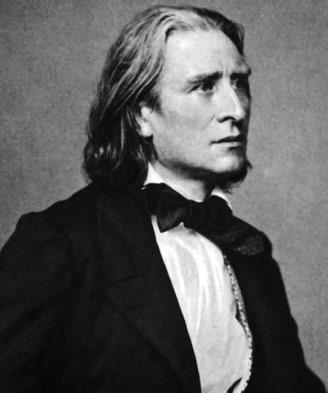
First Performance: 1/26/1941
Piano: Dalies Frantz
Last Performance: 1/10/2009
Piano: Barry Douglas
Born: October 22, 1811, in Raiding, Hungary
Died: July 31, 1886, in Bayreuth, Bavaria, Germany
Work composed: Begun around 1830, mostly composed from the late 1840s through 1853, revised in 1855-56
Work premiered: February 17, 1855, in Weimar, Thuringia, Germany, with Hector Berlioz conducting the Staatskapelle orchestra and the composer as soloist
Instrumentation: Two flutes and piccolo, two oboes, two clarinets, two bassoons, two horns, two trumpets, three trombones, timpani, triangle, cymbals, and strings, in addition to the solo piano
Franz Liszt’s Piano Concerto No. 1 was composed, recomposed, and revised over the course of a quarter of a century. In part this reflects that he was an unusually busy man, traversing the salons and concert halls of Europe as the most celebrated piano virtuoso of his day. But this is only part of the explanation for the piece’s prolonged gestation. Liszt could turn out facile piano solos at the drop of a hat, after all; in fact, he had no trouble improvising dazzling showpieces on the spot. On the other hand, he tended to anguish over those of his works that he envisioned more for posterity, works in the “big” forms of the symphony or the concerto, for example.
He completed two full-scale concertos for piano—his Second, in A major, would follow this work in 1861, also after a long gestation period—but he also composed about twenty other pieces for piano with orchestra including such still-programmed pieces as his Hungarian Fantasy and Totentanz. (A third piano concerto, also in
36
GOTHIC MIDNIGHT LISZT
E-flat major, was unearthed in 1988, pieced together from pages in libraries in Leningrad, Weimar, and Nuremberg. It dates from roughly the same period as Liszt’s other two concertos—it was penned largely in the 1830s—but the composer never signed off on it in a finished state, never published it, and never performed it.) He jotted down the opening theme of his Piano Concerto No. 1 in 1830 and on December 12 1832, he reported in a letter, “I have prepared and worked out at great length several instrumental compositions, among others ... a concerto after a plan that I think will be new and whose accompaniment remains to be written.” This is generally taken to refer to the concerto played here, which in 1834 Liszt brought to a tentative conclusion. But this early version was never performed, and Liszt set it aside until 1839 when he rewrote the piece almost entirely, though retaining the imposing principal theme. At that point he turned his concerto into a singlemovement piece—or, if you prefer, a piece in which the disparate movements were fused into a single span. (In the final edition of the score, the music is in fact divided into four movements, but performing tradition reflects the piece’s musical logic, which is to continue from one section to the next without any substantial pause.) He was also struggling with his A-major Piano Concerto No. 2 at the time—plus, it seems, his other E-flat-major Concerto-and would set all these projects aside to germinate more fully. The Piano Concerto No. 1 would undergo a great deal of further evolution until it reached an almost-finished state in 1853; and then following the work’s premiere, in 1855, the composer continued to alter some of its details.
A single theme dominates the entire concerto. Liszt later attached to this melody the words: “Das versteht Ihr alle nicht” (None of you understand this)—or perhaps it was the conductor Hans von Bülow, depending on which version of the story you subscribe to. As the piece progresses, the melody undergoes all manner of thematic transformation; it is massaged into such disparate shapes that a casual listener would hardly notice that the notes and contours are indeed related. What in the opening measures seems the musical equivalent of a furious shaking of the fist becomes in the Quasi adagio a weightless cavatina worthy of Bellini or Chopin and, in later sections, both a pondering recitative and a triumphant march. Liszt had learned this technique from certain works of Schubert and, more immediately, from Berlioz’s Symphonie fantastique, which was premiered precisely when Liszt set down his first sketch for this concerto. As it happens, the Symphonie fantastique was also on the program at this concerto’s premiere, an event that occasioned a public intersection of Berlioz (as composer and conductor) and Liszt (as composer
and pianist). Béla Bartók would later call this piece the “first perfect realization of the cyclical sonata form with common themes, treated in the manner of variation form.”
Listen For: The Triangle
Liszt’s First Piano Concerto achieved notoriety for employing the triangle prominently in its Allegretto vivace section. It’s an exposed and persistent solo, beginning as an alternation with dazzling passagework from the solo piano, against which the only other sounds are quiet strings. The influential Viennese critic Eduard Hanslick condemned this detail as “a lapse in taste.” The composer protested, in a letter to his own cousin Eduard (not to Hanslick), that it all came down to how the instrument is played. “Concerning the triangle,” Liszt wrote, resignedly, “I do not deny that it will give offense—particularly if it is struck too hard and without precision.” In the event, the score is careful to underscore Liszt’s point at the beginning of the Allegretto vivace, where the triangle part is notated pianissimo and an attached instruction cautions: “The triangle is here not to be beaten clumsily, but in a delicately rhythmic manner with resonant precision.” —JMK
Symphonie fantastique (Fantastic Symphony: Episode in the Life of an Artist), Op. 14 (1830, rev. 1832)
Hector Berlioz
First Performance: 3/9/1954
Conductor: Guy Fraser Harrison
Last Performance: 2/6/2016
Conductor: Robert Moody
Born: December 11, 1803, in La Côte-Saint-André, Isère, France
Died: March 8, 1869, in Paris, France
Work composed: 1830, incorporating some material sketched previously; revised 1832
Work premiered: December 5, 1830, in the Salle du Conservatoire in Paris, with François-Antoine Habeneck conducting an orchestra comprising members of the orchestras of the Nouveautés, ThéâtreItalien, and Société des Concerts du Conservatoire. Berlioz’s revised version (which is nearly always heard today) was unveiled on December 9, 1832, again with Habeneck conducting.
Instrumentation: Two flutes (second doubling piccolo), two oboes
37 PROGRAM NOTES GOTHIC MIDNIGHT
CONTINUED ON PAGE 38
(second doubling English horn), two clarinets (first doubling E-flat clarinet), four bassoons, four horns, two trumpets, two cornets, three trombones, two ophicleides (in modern orchestras, those parts are played by tubas), timpani, bass drum, snare drum, cymbals, bells, two harps, and strings
There can be no doubt that Hector Berlioz was a genius, but genius does not always ensure a calm passage through life. Berlioz’s biography makes extraordinary reading, especially when liberally peppered with accounts lifted from his beautifully written and often hilarious Mémoires (which have been vividly captured in English translation by David Cairns). His father was a physician in a town not far from Grenoble, within view of the Alps; and since the father assumed to a certainty that his son would follow in the same profession, the son’s musical inclinations were largely ignored. As a result, Berlioz never learned to play more than a few chords on the piano, and his practical abilities as a performer were limited to lessons on flute and guitar, on neither of which he achieved true virtuosity. His unorthodox musical background surely contributed to his nonconformist musical language. He was sent to Paris to attend medical school, hated the experience, and enrolled instead in private musical studies and, beginning in 1826, the composition curriculum at the Paris Conservatoire. The seal of approval for all Conservatoire composition students was the Prix de Rome, and in 1830 (in his fourth consecutive attempt) he was finally honored with that prize.
The work that won him this distinction, the cantata La mort de Sardanapale, is long forgotten; in fact, only a fragment of it survives. Ironically, Berlioz had already composed earlier in the same year the work that would most consistently forge his place in posterity, the Symphonie fantastique. It would be the first of four Berlioz symphonies, all of which leave the abstract realm of Beethoven’s symphonic ideal for the programmatic terrain that would

find fruition later in the 19th century in the new genre of the symphonic poem.
The originality of Berlioz’s achievement in the Symphonie fantastique is simply astonishing; it has been truly observed that this must be the most remarkable First Symphony ever written, not to be rivaled in this regard until the appearance of Mahler’s six decades later. Even those rare listeners familiar with the excellent but neglected symphonies of Berlioz’s predecessors in Paris, including Etienne-Nicolas Méhul and Luigi Cherubini, will be compelled to acknowledge that those works do little to prepare the ear for Berlioz’s accomplishment. Programmatic symphonies had been written before— Beethoven’s Pastoral is a famous example—but in the Symphonie fantastique the images are depicted with such vibrant specificity as to become downright cinematic. Furthermore, Berlioz’s sense of the programmatic goes well beyond the “merely” descriptive to enter the realm of the psychological—the image of a state of mind, one that is far from stable and that spills into hallucinations. (It is doubtless no coincidence that the modern Berlioz revival, which shows no sign of abating, began in the acid-tripping 1960s.) The Symphonie fantastique is an extraordinary example of self-exploration and self-expression, a work of autobiography underscored by the subtitle Episode in the Life of an Artist.
Berlioz described the symphony’s narrative in a long and detailed program essay. The action is often accompanied by an idée fixe, a musical theme that surfaces throughout the piece in various transformations. It is first played by flute and violins at the beginning of the opening movement’s “Passions” section (following the “Reveries” introduction), and pervades the ensuing material. In succeeding movements, the artist finds himself in a ballroom, where he waltzes with his beloved, and in the Alpine countryside, where memories of his beloved disturb his peace. Under the influence of a narcotic drug, he imagines himself being led to the scaffold, where he is executed for murdering his beloved, and finally to a Witches’ Sabbath convened in honor of his death, at which the idée fixe now appears as a grotesque dance heard along with a parody of the funeral chant Dies irae.
James M. Keller is the longtime Program Annotator of the San Francisco Symphony and was formerly Program Annotator of the New York Philharmonic and a staff writer-editor at The New Yorker. The author of Chamber Music: A Listener’s Guide (Oxford University Press), he is writing a sequel volume about piano music. Portions of these notes previously appeared in the programs of the New York Philharmonic and are used with permission.
PROGRAM NOTES GOTHIC MIDNIGHT
38
BERLIOZ
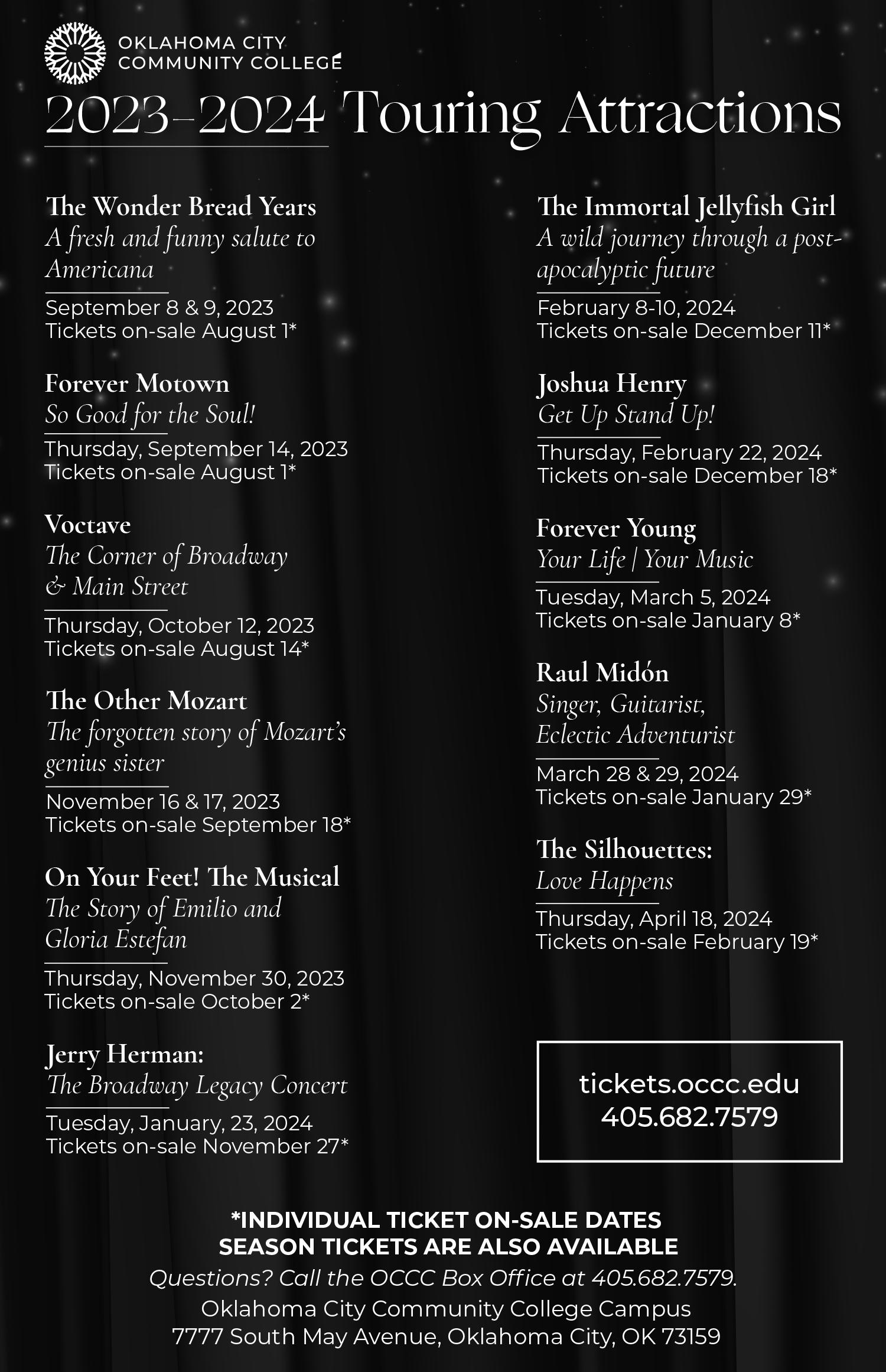
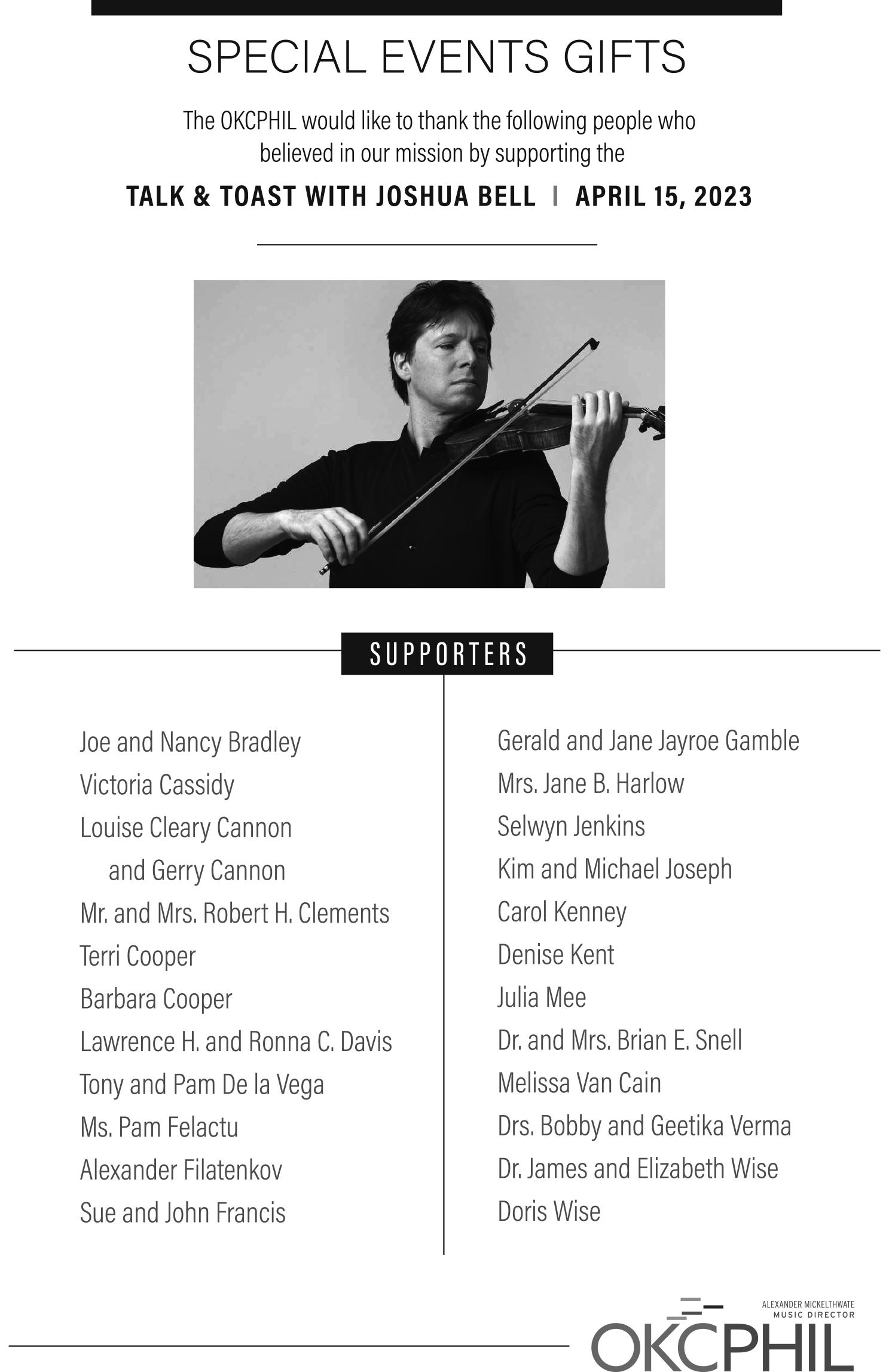
40
FROM CHINATOWN TO LA LA LAND

BRIAN BYRNE, CONDUCTOR
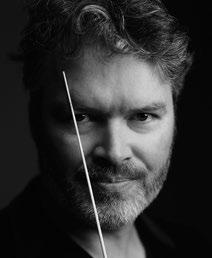
PROGRAM TO BE ANNOUNCED FROM THE STAGE
THIS CONCERT IS GENEROUSLY SPONSORED BY:



3-4, 2023, 8:00 P.M. 41
NOVEMBER
BRIAN BRYNE
Golden Globe nominated composer Brian Byrne moved to Los Angeles from Ireland in July 2003 to expand his career as a film and television composer. Since then, he has consistently worked as a composer, conductor, producer, arranger and pianist in the US and in Europe and has twenty-four film and television scores to his credit.

Brian is a two-time World Soundtrack Awards and a Satellite Award winner for his music to the song “Lay Your Head Down” lyrics by Glenn Close and score for the Academy Award nominated movie “Albert Nobbs.” The song also earned him his Golden Globe nomination. He received his third World Soundtrack Award nomination for Best Original Song “True Love Avenue” lyrics by Kasey Jones in 2016 for the film “Jenny’s Wedding.” Brian is a three-time Irish Film and Television Award winner for his scores to the Irish Sci-Fi comedy “Zonad,” “Albert Nobbs,” and “The Secret Scripture.”
Brian’s American conducting debut came in 2004 at Carnegie Hall with Irish Tenor Ronan Tynan. Subsequently, he was commissioned to write all the arrangements and conduct the Royal Philharmonic Orchestra for the release of Ronan Tynan’s first solo album. In 2012, he released a classical album “Tales from the Walled City,” also with the RTE Orchestra. Even though living in the United States, Brian conducts and arranges many Pops Concerts and TV shows for both the RTÉ and the BBC Ulster Orchestra. He was Artist in Residence with the RTE Concert Orchestra in Ireland from 2012-2018. Brian has collaborated with international luminaries such as Katy Perry, Bono, Pink, Lisa Stansfield, Van Morrison, The Corrs, Alan & Marilyn Bergman, Luis Miguel, Vince Gill, Gladys Knight and has composed and conducted original songs for Barbra Streisand, Josh Groban, Alanis Morrisette, Kelly Clarkson, Sinead O’ Connor and Kurt Elling. He also conducts many scoring sessions in Hollywood for such projects as the Academy Award Winning animation film “Piper” for Disney Pixar, “Modern Love” for Amazon and most recently, “Ireland” for IMAX.
Brian was educated at the Royal Scottish Academy of Music and Drama and graduated in 1997 with first-class honors. He attended the Berklee College touring faculty in Scotland and received their Outstanding Musicianship Award as well as winning the PRS Sir Arthur Bliss Prize Scholarship for composition that enabled him to study film composition at London’s Royal College of Music.
Brian is married to Oklahoma writer Kasey Jones. They have two small children and divide their time between Oklahoma, Los Angeles and Ireland.
42
GUEST CONDUCTOR FROM CHINATOWN TO LA LA LAND

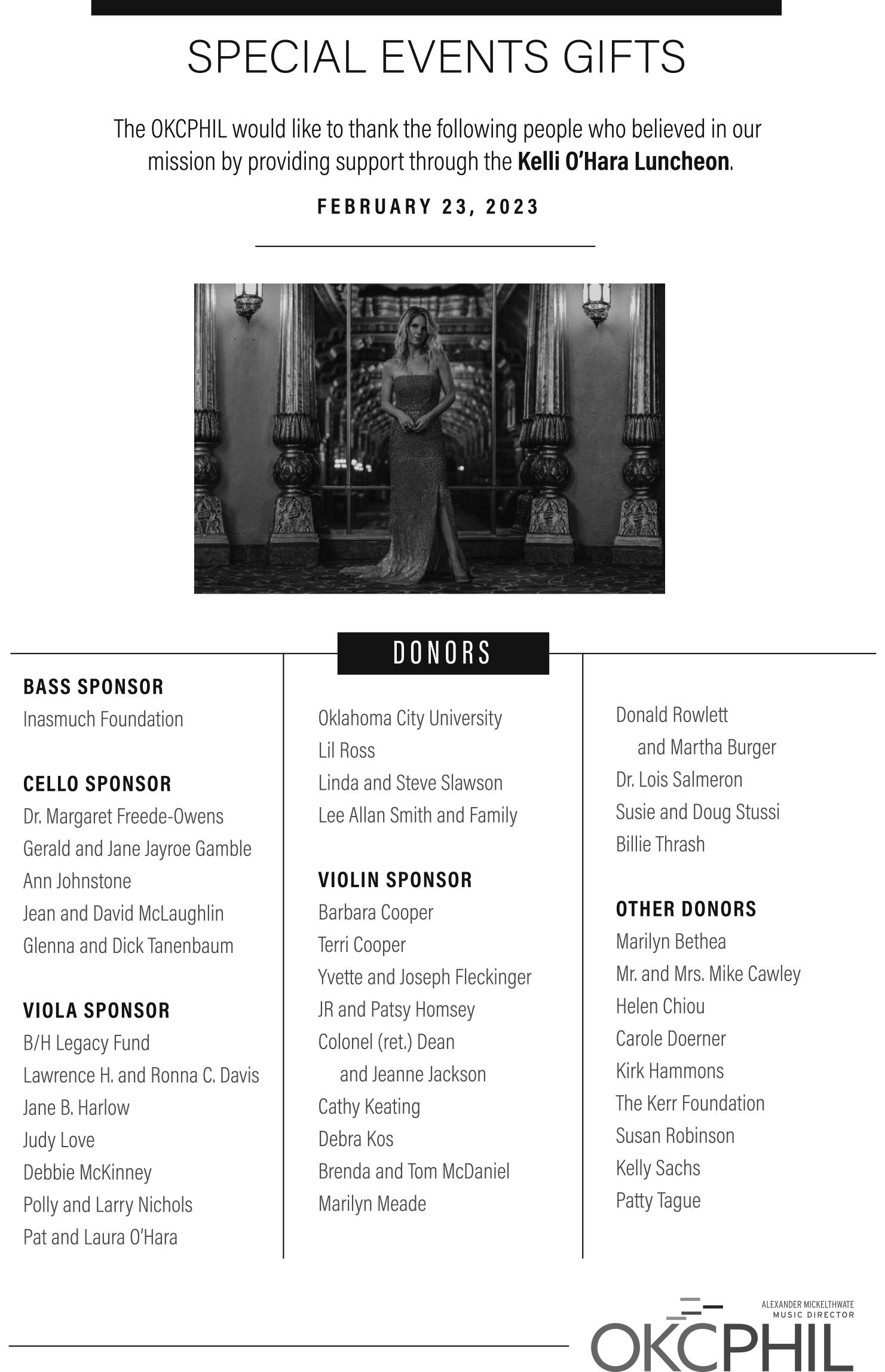
44
This season is about humanity. The deep-seated humanity of you, me, all of us. Humanity with all its emotional expressions. In our case, the deep-seated humanity of our heroes. Our geniuses. Our composers. Born with gifts. Imagining the most beautiful melodies and inspiring music. Yet fully human. With all their ups and downs.
FOLK ROOTS
It’s fascinating to discover the musical roots of composers. What are musical roots? Why could a certain piece of music only have been written by a certain composer at a specific time in history?
The first half of our November concert focuses on musical roots in the Americas.
Mark O’Connor is a three-time Grammy award winning fiddle player and composer whose music combines bluegrass, country, jazz and classical. I worked with Mark in Winnipeg several years ago and was so blown away I thought it’s time to have him here in Oklahoma!
Also on the program are works by Mexican composer Gabriela Ortiz and Hungarian composer Bela Bartok. For a deeper understanding of concert programming, please, join Maestro Mickelthwate for his Preconcert Talk at 7pm in the auditorium. Open seating.

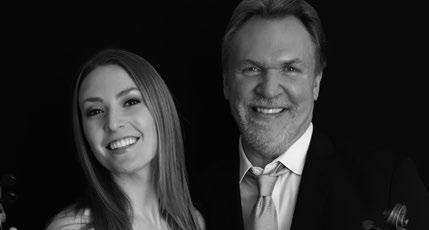
ORTIZ, Gabriela ....................... Kauyumari*
O’CONNOR, Mark.................... The Improvised Violin Concerto*
I. Fire
IV. Earth
V. Faith

Mark O’Connor, violin
O’CONNOR, Mark.................... Double Violin Concerto*
I. Swing
Mark and Maggie O’Connor, violins
Intermission
BARTOK .....................................
Concerto for Orchestra
Introduzione (Introduction)
Giuoco delle coppie (Game of Couples)
Elegia (Elegy)
Intermezzo interrotto (Interrupted Intermezzo)
Finale
*First Performance on this series
Mark and Maggie O’Connor use D’Addario Strings and Equipment
Listen to a broadcast of this performance on KUCO 90.1 FM on Thursday, December 7 at 7pm and Saturday, December 9 at 8 am on “Performance Oklahoma”.
THIS CONCERT IS GENEROUSLY SPONSORED BY:
ALEXANDER MICKELTHWATE, CONDUCTOR
MARK AND MAGGIE O’CONNOR, VIOLINS
•
CLASSICS FOLK ROOTS NOVEMBER 11, 2023
8:00 P.M.
CONCEPTS FROM THE Maestro
45
Simultaneous internet streaming is also available during the broadcast.
Photo Credit Maia Rosenfeld
OKCPHIL SPOTLIGHT SCHOOL: El Sistema Oklahoma
GUEST ARTISTS
MARK O’CONNOR
Mark O’Connor began his creative journey at the feet of American fiddling legend Benny Thomasson, and the iconic French jazz violinist Stéphane Grappelli. Today, he has melded these influences into a new American classical music, and is perpetuating his vision of an American School of String Playing. Mr. O’Connor has won three Grammys, seven CMA awards and several national fiddle, guitar and mandolin champion titles. Mr. O’Connor has composed nine concertos and two symphonies recorded by the Baltimore Symphony, London Philharmonic, Colorado Symphony among others. O’Connor is well-known for his chamber music including his million-selling composition “Appalachia Waltz” featuring Yo-Yo Ma for the Sony Classical label. His current album is Life After Life, an Americana music collection of his original songs and some classics he sings with his wife Maggie O’Connor who is featured on lead vocals. In 2023, O’Connor released his memoir, Crossing Bridges: My Journey from Child Prodigy to Fiddler Who Dared the World.
Mr. O’Connor has authored a series of educational books called the O’Connor Method and is now the fastest growing violin method in the country. The O’Connor Method features American music styles, creativity, cultural diversity and western classical technical training.
MAGGIE O’CONNOR
American violinist/fiddler and vocalist, Maggie O’Connor performs a variety of musical styles throughout the U.S. and beyond, most recently as a member of the Grammy award-winning bluegrass group, the O’Connor Band. She spends most of her time now performing with her husband, violinist and composer Mark O’Connor. Together they have appeared as guest soloists with the Singapore Chinese Orchestra, the Santa Rosa Symphony, the Nashville Symphony, and appeared in violin duo performances in such prestigious settings as the Yehudi Menuhin Centennial celebration at the Berlin Konzerthaus, the Lockenhaus, Austria Musikfest, and the Leopold Auer Festival in Hungary. In an Americana duo setting, the couple tours music from their new album, Life After Life, a collection of original songs and classics. Along with performing, Maggie continues to work as co-director with Mr. O’Connor at O’Connor Method String Camp currently taking place in Charlotte, NC featuring the lesson book series that is rising in popularity each year.
Information on Mark and Maggie O’Connor can be found at www.markoconnor.com and www.maggieoconnorviolin.com


Information on the O’Connor Method for violin and strings is available at www.oconnormethod.com
For Mr. O’Connor’s downloadable sheet music and recordings on his own OMAC Records label, please visit www.markoconnor.com and www.omacrecords.com

46
FOLK
ROOTS
Photo Credit Maia Rosenfeld
Photo Credit Alex Chapman, Southern Reel
Kauyumari
Gabriela Ortiz Torres
First Performance on this series
Born: December 20, 1964, in Mexico City, Mexico
Residing: Mexico City
Work composed: 2021, on commission from the Los Angeles Philharmonic
Work premiered: October 9, 2021, at Walt Disney Concert Hall in Los Angeles, with Gustavo Dudamel conducting the Los Angeles Philharmonic
Instrumentation: Two flutes and piccolo, two oboes and English horn, two clarinets and bass clarinet, two bassoons and contrabassoon, four horns, four trumpets, three trombones, tuba, timpani, seed pod rattle, claves, jawbone, tambourine, metal güiro, sistrum, tam-tam, suspended cymbal, xylophone, glockenspiel, bass drum, snare drum, shaker, log drum, bongos, harp, and strings
Gabriela Ortiz was born into music; her parents were members of Los Folkloristas, an ensemble committed to preserving the traditional music of Mexico and Central America. She began playing Mexican music on the guitar and at nine started piano lessons. At the age of 15 she trained her sights on becoming a composer. “I started by listening,” she told interviewer Victoria Looseleaf of San Francisco Classical Voice, “and by intuition I started composing melodies and rhythms and thought that this is incredible. When I started studying Bartók, it was an open music to the new music world, an open window; and I thought that this is what I want to do—be a composer, rather than a pianist.”
After studying with the composers Mario Lavista and Federico Ibarra in Mexico and graduating from the Escuela Nacional de Música (Mexico City), she carried out advanced study at the Guildhall School of Music in England, worked for a year with composer Jacques Castérède at the Paris Conservatoire, and earned a Ph.D. in electro-acoustic composition from the City University
in London. She returned to Mexico City, where she has taught at the Universidad Nacional Autónoma de México since 2000. Her work has been recognized with numerous composition awards in Mexico and abroad. In 2016, she was awarded the prestigious Premio Nacional de Ciencias y Artes, in 2019 was welcomed into the Academía de Artes, and in 2022 became the first woman composer inducted into El Colegio Nacional.
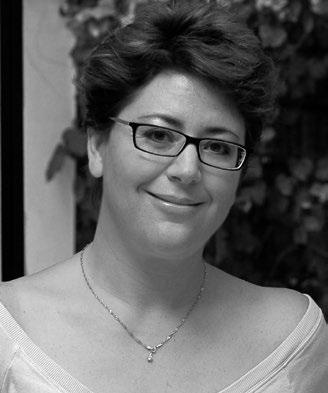
A number of her works grapple with Mexico’s social issues. This is the case with her three operas: drug wars in Únicamente la verdad (Only the Truth, nominated for a Latin Grammy as best classical contemporary composition), immigration between Mexico and the United States in Ana y su sombra (Ana and her Shadow), and the student unrest of 1968 in Luciérnaga (Firefly). In an interview with Tom Moore of Opera Today, she explained: “When I compose, I am not trying to sound Mexican. ... It is like an inner force that is just there, and I have to express that in sound. It probably has a Mexican identity, because it’s me, I live in Mexico, and I like my country.” And in an interview with Erika P. Bucio of the Mexico City newspaper Reforma, she explained that her Mexican roots and her European training join to create a unique space for her creativity: “My music navigates between those two worlds, but never in a literal way; I don’t dedicate myself to writing mambos. If there is an influence, it will be very decoded by my ear, my aesthetics and my own voice; I do not imitate, it is not literal.”
Traditional Mexican cultural practices do inform or inspire many of her works. These include a number of works situated in spiritual realms suggested by semi-staged presentation, such as her 1997 Altar de Muertos (Altar of the Dead) for string quartet (wearing masks in the final movement) and pre-Hispanic water drums, performed in a theatrical set evoking the Día de los Muertos.
She nonetheless casts her net wide and accepts musical influences with an open mind. “I have lots of influences,” she told Looseleaf. “I use everything that gives me some fuel for my creativity. I don’t think I should restrict myself to certain kinds of influences, because everything could give me ideas. I like folk music and pop and jazz. I have my favorite composers—Bartók, Stravinsky, Debussy, Ravel. I also like Thomas Adès and Kaija Saariaho. Everything that stimulates my creativity, it’s going to be there.”
Many listeners may think of Copland at the opening of her Kauyumari, its fanfare-like brass phrases sounding over a deep, dark-hued background. The music breaks into infectious rhythms and repeating motifs, with a rich percussion section adding much to the ever-increasing momentum, the melodic phrases gradually morphing
47
CONTINUED ON PAGE 48
PROGRAM NOTES FOLK ROOTS TORRES
PROGRAM NOTES
in their specific contours while maintaining the work’s vibrant, hypnotic character.
From the Composer
Gabriela Ortiz provides this comment about her piece:
Among the Huichol people of Mexico, Kauyumari means “blue deer.” The blue deer represents a spiritual guide, one that is transformed through an extended pilgrimage into a hallucinogenic cactus called peyote. It allows the Huichol to communicate with their ancestors, do their bidding, and take on their role as guardians of the planet. Each year, these Native Mexicans embark on a symbolic journey to “hunt” the blue deer, making offerings in gratitude for having been granted access to the invisible world, through which they also are able to heal the wounds of the soul.
When I received the commission from the Los Angeles Philharmonic to compose a piece that would reflect on our return to the stage following the pandemic, I immediately thought of the blue deer and its power to enter the world of the intangible as akin to a celebration of the reopening of live music. Specifically, I thought of a Huichol melody sung by the De La Cruz family— dedicated to recording ancestral folklore—that I used for the final movement of my piece Altar de Muertos (Altar of the Dead), commissioned by the Kronos String Quartet in 1997.
I used this material within the orchestral context and elaborated on the construction and progressive development of the melody and its accompaniment in such a way that it would symbolize the blue deer. This in turn was transformed into an orchestral texture which gradually evolves into a complex rhythm pattern, to such a degree that the melody itself becomes unrecognizable (the imaginary effect of peyote and our awareness of the invisible realm), giving rise to a choral wind section while maintaining an incisive rhythmic accompaniment as a form of reassurance that the world will naturally follow its course.
—JMK
The Improvised Violin Concerto “Swing” from Double Violin Concerto
 Mark O’Connor
Mark O’Connor
First Performance on this series
Born: August 5, 1961, in Seattle, Washington Residing: Charlotte, North Carolina
Works composed:
The Improvised Violin Concerto in 2010, on commission from the Boston Youth Symphony Orchestra; “Swing” in 1997
Works premiered:
The Improvised Violin Concerto on March 6, 2011, at Boston’s Symphony Hall, with Federico Cortese conducting the Boston Youth Symphony Orchestra
“Swing” on August 12, 2000, at the Ravinia Festival in Highland Park, Illinois, with Christoph Eschenbach conducting the Chicago Symphony, O’Connor and Nadia Salerno-Sonnenberg as soloists
Instrumentation: For The improvised Violin Concerto, two flutes and piccolo, two oboes and English horn, two clarinets and bass clarinet, two bassoons and contrabassoon, four horns, three trumpets, three trombones, tuba, timpani, tambourine, agogo bells, wood block, snare drum, conga drums, crash cymbals, bass drum, triangle, glockenspiel, ride cymbal, hi-hat, piano, celeste, harp, and strings, in addition to the solo violin; for “Swing,” two flutes, piccolo, two oboes, english horn, two clarinets and bass clarinet, two bassoons and contrabassoon, three horns, two trumpets and bass trumpet, two trombones and bass trombone, tuba, timpani, cymbal, and strings.
The very definition of a crossover musician, Mark O’Connor has cultivated a style that draws from American country music, bluegrass, jazz, folk, and classical concert music. He began studying guitar at the age of five, and at 11 he veered toward the violin. He made prodigious progress, and at the age of 12 he signed a contract with Rounder Records. He embarked on the competition circuit, winning many awards on violin, mandolin, and guitar. He embarked on a full-time music career immediately after graduating
FOLK
ROOTS
O’CONNOR
48
Photo Credit Jim McGuire
PROGRAM NOTES
from high school, appearing at the age of 17 at Carnegie Hall with jazz violin legend Stéphane Grappelli. It was the beginning of action-packed decades of music-making that so far have yielded 45 feature albums, as well as guest or sideman participation on nearly five hundred others, in the course of which he has earned
From the Composer
Mark O’Connor has provided these thoughts about the three movements from The Improvised Violin Concerto played in this concert
I dedicate each of the ... movements to basic, widely interpretable elements rather than specific thoughts or images. “Fire,” the first movement, is passionate, intense, and otherworldly—an excellent launching point. The fourth movement, “Earth,” invokes blues, rock and heavy metal to convey what I call the “salt of the Earth.” This movement represents the relationship between Earth and humanity. The final movement manifests what I call the fifth element, “Faith.” It is an invention of humanity, a celebration of the human spirit. After a series of hymnic chord sequences, the movement proceeds through Southern Gospel refrains before morphing into Gospel hoedowns and Buzzard Lope dances. It culminates in a throwdown Jubilee.
The sheet music for the solo violin part contains chord symbols (BAug, Gmaj7, and so on) rather than notes. These chord symbols indicate the harmonies in the orchestra. Otherwise, the solo part contains standard types of information: time signatures, measure numbers, rehearsal letters, tempi, and descriptions of individual sections (like “Impending inferno” and “Evaporation”) that inform the soloist’s ideas and mood.
—JMK
three Grammy awards. He was named Musician of the Year by the Country Music Association six years in a row (from 1991-96) and in 2009 was inducted into the National Fiddler Hall of Fame. He toured six continents as a cultural representative of the United States Information Agency and served as artist-in-residence at UCLA in 2008-2009 and at the University of Miami from 2010-15.
He has also proved to be an adept entrepreneur. His O’Connor Method, a series of instructional books, has been adopted by aspiring fiddlers nationwide, and it has led to his establishing an annual O’Connor Method String Camp, which he oversees with his wife, the fiddler Maggie O’Connor, near their home in Charlotte, North Carolina.
In the 1990s he became active as a composer of concert music. He has written three string quartets, various orchestral pieces exploring American folk traditions, and nine violin concertos, including his much-performed Fiddle Concerto, the Double Violin Concerto (which he and Nadja Salerno-Sonnenberg premiered in 2000, with the Chicago Symphony) and The Improvised Violin Concerto (introduced in 2011). In 1996 he composed The Olympic Reel for the closing ceremonies of the Summer Olympics in Atlanta, and in 1997 he wrote and performed music for the PBS series Liberty! The American Revolution.
When the subject of improvisation comes up today, many people think automatically of jazz, which does indeed allow for and rely on extemporaneous music-making. In earlier times, improvisation was very much a part of the classical musician’s arsenal, too, and even today audiences expect improvised input from organists and from early-music specialists. Although improvisation gradually disappeared from the training and practice of other classical musicians during the 20th century, ample documentation clarifies how central it was in early times, including 18th- and 19th-century instructional tomes and accounts of pianist-composers premiering concertos for which they had not yet written down the solo part—Mozart and Beethoven among them.
“The Improvised Violin Concerto,” writes O’Connor, “unites two disciplines: symphonic composition and improvisational performance art.” Over the course of about forty minutes—he calls it “the longest improvisation ever called for in a classical setting”—the featured violinist improvises a solo part, guided by predetermined harmonic progressions, playing against an orchestral background that is entirely written out. “I cannot envision designing a stable, long-form piece around orchestral improvisation,” he explains. “However, I do score ambient sounds and noise effects, which sound improvisational and thus serve as a link between the orchestra and the soloist. ... The violin part must be entirely improvised. Even if a small portion of the solo part were composed, the piece would not live up to its title. The violin must be unbridled, free to introduce its own ideas at any time. ... The orchestra must introduce and develop themes to provide form and logic. Its score must be essentially symphonic. This affords the violin the
FOLK ROOTS 49 CONTINUED ON PAGE 50
PROGRAM NOTES
ultimate freedom to experiment with and respond to the themes and other musical materials. To emphasize this sense of freedom, I allow for extreme dynamic variation in the solo part. ... On the other hand, the violin has the right to remain silent in the softest moments.”
We also hear the first movement, “Swing,” from O’Connor’s Double Violin Concerto, which he composed as a vehicle for himself and violinist Nadia Salerno Sonnenberg. Each of the concerto’s three movements stresses a distinct musical style. “In this piece, I wanted to explore the jazz, swing, and blues side of my background,” O’Connor said. Premiering it with a mainstream classical violinist invited broad interpretative possibilities. “With this music,” he observed. “it becomes each of ours in a different way.” The “Swing” movement includes a large-scale cadenza in which the soloists alternate in telescoping segments, their parts eventually melding. O’Connor explains, “Each instrument has eight-bar solos, then four bars, then two bars each, then playing together. ... The other violin is playing written music, and I’m improvising, responding to the other violinist’s performance.”
Serge Koussevitzky conducting the Boston Symphony Orchestra Instrumentation: Three flutes (third doubling piccolo), three oboes (third doubling English horn), three clarinets (third doubling bass clarinet), three bassoons (third doubling contrabassoon), four horns, three trumpets, three trombones, tuba, timpani, triangle, side drum, bass drum, cymbals, tam-tam, two harps, and strings
Béla Bartók’s Concerto for Orchestra towers as one of the summits of 20th-century symphonic music, but it is something of a miracle that the piece was written at all. Bartók had been trained at the Budapest Academy of Music, had immersed himself in the traditional music of Hungary and the Balkans (and of regions as distant as North Africa), and had found liberation in the harmonies and orchestration of contemporary French composers. While his distinguished countryman Zoltán Kodály drew on folklore to develop a distinctly Hungarian “classical” style, Bartók used the same influences to transcend borders, to achieve a sort of idealized universality.
There was a price to pay for this, and he often complained of being underappreciated by audiences and of experiencing financial trouble. He grew increasingly desperate as National Socialism overtook Central Europe in the 1930s, but he felt compelled to stay in Hungary to look after his adored mother. When she died, in 1939, Bartók wasted little time in preparing his exit, and in the fall of 1940 he and his family arrived in New York, where he spent the five years that remained to him.
Concerto for Orchestra
Béla Bartók

First Performance: 3/16/1969
Conductor: Guy Fraser Harrison
Last Performance: 4/9/2005
Conductor: Joel Levine
Born: March 25, 1881, in Nagyszentmiklós, Hungary (now Sânnicolau Mare, Romania)
Died: September 26, 1945, in New York City Work composed: August 15 to October 8, 1943 Work premiered: December 1, 1944, in Boston’s Symphony Hall, with
The 59-year-old Bartók felt depressed and isolated in his new surroundings. He lacked energy and was plagued by ill health, the first symptoms of the leukemia that would kill him. He gave some concerts and received a grant from Columbia University to carry out research on Yugoslav folk music, but he became convinced that his career as a composer was over. Others gave in less easily. His English publisher, Ralph Hawkes, proposed that Bartók write a series of concertos for solo instruments and string orchestra along the lines of Bach’s Brandenburg Concertos, but nothing came of that suggestion until the summer of 1943. By then, Columbia’s grant money had run out and Bartók was in such precarious health that he was confined to a hospital.
At the instigation of two of Bartók’s similarly displaced Hungarian friends, the conductor Fritz Reiner and the violinist Joseph Szigeti, Serge Koussevitzky (the conductor of the Boston Symphony and a champion of contemporary music) dropped by the hospital to offer the composer a thousand-dollar commission for a new symphonic work. This was obviously an act of charity: Bartók’s weight had fallen to 87 pounds, and he was all but bankrupt. Resistant to handouts, he refused on the grounds that he doubted he
FOLK ROOTS
50 BARTÓK
PROGRAM NOTES
could deliver the piece. But Koussevitzky, without missing a beat, improvised the white lie that his foundation required him to give Bartók a check for half the amount in order to secure the commission—a risk they wanted to assume—and that the remaining half would wait until the piece was completed. Bartók accepted the plan and the much-needed check, and during the summer and early fall of 1943 he managed to write the entire Concerto for Orchestra at a rural mountain getaway at Saranac Lake, in upstate New York.
It is ironic that Koussevitzky should have been the instigator of this masterpiece, since he had not been a particular aficionado of Bartók’s music previously. The new work converted him. What Koussevitzky got for his money was a splendid showpiece for his orchestra—for many of the solo wind-players and percussionists, as well as for the ensemble as a whole. Bartók provided a comment to help the listener: “The general mood of the work represents, apart from the jesting second movement, a gradual transition from the sternness of the first moment and the lugubrious death-song of the third to the lifeassertion of the last one.” These three movements are the “big” sections of the piece, with the second and fourth movements being more lightweight intermezzos.
Bartók attended the premiere in Boston against his doctors’ advice, and the enthusiastic cheering would be a highlight of his career. “It was worth the while,” he reported succinctly. After the premiere he revised his Concerto for Orchestra, lengthening the Finale (which he considered too abrupt) and bringing this masterpiece into the form in which it is nearly always presented today.
Why a Concerto?
The word “concerto” generally signifies a work in which a featured soloist, or sometimes a group of soloists, is pitted against the full orchestra in dramatic back-and-forth. But in the 20th century, composers began devising the so-called “concerto for orchestra,” in which individual players or sections of the symphony orchestra are given sequential moments in the spotlight. Hindemith wrote what may have been the first of these pieces in 1925, and in ensuing years “concertos for orchestra” were written by such figures as Walter Piston, Zoltán Kodály, Michael Tippett, Ulysses Kay, Witold Lutosławski, Roger Sessions, Joan Tower, and Robin Holloway, in addition to Béla Bartók, who commented: “The title of this symphony-like orchestral work is explained by its tendency to treat single orchestral instruments in a concertante or soloistic manner. The ‘virtuoso’ treatment appears, for instance, in the fugato sections of the development of the first movement (brass instruments), or in the perpetuum mobile-like passage of the principal theme in the last movement (strings), and especially in the second movement, in which pairs of instruments consecutively appear with brilliant passages.”
—JMK
JAMES M. KELLER
James M. Keller is the longtime Program Annotator of the San Francisco Symphony and was formerly Program Annotator of the New York Philharmonic and a staff writer-editor at The New Yorker. The author of Chamber Music: A Listener’s Guide (Oxford University Press), he is writing a sequel volume about piano music. Portions of the Bartók note appeared previously in the programs of the San Francisco Symphony and are used with permission.

51
FOLK ROOTS
GIFTS TO THE PHIL
The OKCPHIL gratefully acknowledges the generosity of individuals who have chosen to return concert tickets as a donation. This recognition reflects contributions made in the 2022-2023 concert season and are listed through July 20, 2023.
Anonymous (1)
Hugh G. and Sharon Adams
Steven C. Agee, Ph.D.
Dan Alcorn
Julie Aldag
Linda and Patrick Alexander
John and Nancy Alsup
Ms. K. Lynn Anderson
Mary Ellen Anderson
Dr. and Mrs. Dewayne Andrews
Dr. and Mrs. John C. Andrus
Christie Ardoin
Ms. Zonia Armstrong
Dr. Henry and Carol Asin
Dr. Sterling and Cheryl Baker
Betsy Banks
Anne Barker
Mr. J. Edward Barth
Carol Ann Bell
Mrs. Betty D. Bellis-Mankin
Eloise Bentley
Margaret Bergant
Dr. Ajay Bhargava, M.D.
John and Margaret Biggs
Bart Binning
Jeff and Connie Blanco
James Blank
Dr. and Mrs. L. Joe Bradley
Martha and Ronnie Bradshaw
Mrs. Phyllis Brawley
Steven Brown
Mr. and Mrs. James W. Bruce, Jr.
Deana Butcher
Barbara and Gregory Cable
Mr. and Mrs. William M. Cameron
Ms. Jeannene Campbell
Diana Campo
J. Christopher and Ruth Carey
Mr. Robert Carter
Victoria Cassidy
Louise Cleary Cannon and Gerry Cannon
Mr. and Mrs. Robert H. Clements
Ken Coffey
Deborah Collins
Dr. Thomas Coniglione
Dr. William Cook
Terri Cooper
William and Mary Ann Corum
Rita Crockett
Mr. Chuck Darr
Mr. Charles B. Darr, III
Lawrence H. and Ronna C. Davis
Dr. Nancy Dawson
Mr. and Mrs. T. A. Dearmon
Vickie Dennis
Gary and Fran Derrick
Kevin and Alisha Dunnington
Dennis Echard
Nancy P. Ellis
Dr. and Mrs. Royice B. Everett
Arnold and Mari Fagin
Natasha Fanson
John Fink
Melinda Finley
Mr. and Mrs. John Fischer
Mr. and Mrs. Richard C. Floyd
Mr. George R. Francis, Jr.
Margaret Freede and Daniel Owens
Gerald and Jane Jayroe Gamble
Natalie Kurkjian and Christopher Geyer
Nancy Givings
Mr. and Mrs. Daniel Glatzhofer
Lindy and David Goss
Mr. Gregory Gray
Marsha and John Greiner
Janet Gruel
Mr. Mark Haden
George M. and Jo Hall
Kirk Hammons
Jane B. Harlow
Brent Hart and Matt Thomas
Scott Heitmann
Lawrence and Gay Hellman
Karen Hennes
Rita Henry
Nannette Hight
Frank and Bette Jo Hill
Carl and Ruth Holloway
The Honorable Jerome A. Holmes
Thomas and Elizabeth Hrubik
Theresa Huebner
Sue Ann and Dudley Hyde
Mrs. Earl Ingram, III
Christina Jefferson
Rita Jencks
Cathy and Frank Keating
Linda Knox
Tom and Carolyn Kupiec
Mr. Forrest Lacy
Mary Jane Lawson
Kathy Leithner
Robert Leveridge
Virginia Locke
Gabriella Martin
Dr. Carol McCoy, Ph.D.
Mr. Robert O. McDonald
Elizabeth McGuiness
John and Anna McMillin
Abigail J. Moore
Judy and Wes Morrison
Annette Munson
Mr. Joe Muzarol
Debra and Don Nevard
Mr. Tim Newville
Charles L. Oppenheim
Chintan Parikh
Tiffany and Corey Phelps
Mr. and Mrs. Michael Pickard
William R. Powell
Richard Pralle
Mary and Bill Price
Jack B. and Rebecca Rackley
Sandy Raffealli
Mrs. Paul G. Rasmussen
Valerie Reimers
Mr. and Mrs. Sheldon M. Reznik
Ms. Ruthie Riggs
Jim and Claudia Robertson
Dr. and Mrs. Michael Fred Robinson
Kyle Rogers
Lyla Rousseau
Dr. Linda Rowland Woody, Ph. D.
Carl J. and Deborah Rubenstein
Dr. Lois Salmeron
Dr. and Mrs. Olaseinde Sawyerr
Hank and Anne Schank
Elizabeth Schumacher
Pam and Bill Shdeed
Jerrod and Jamie Shouse
Cecil Smith
Ms. Kathy Smith
Dr. Richard V. Smith and Jan J. Smith
Tom and Venita Springfield
Fred Staker
Amy Stephens
Dr. and Mrs. James B. Stewart, Jr.
Jonathan and Andrea Stone
Dennis and Marianne Stover
Reta and Richard Strubhar
Greg Taber
Tisha Thompson
Mr. Phillip S. Tomlinson
Mr. and Mrs. Lawrence Towell
Sarah Tracy
Carol Troy
Mrs. June Tucker
Ms. Anita Wallinger
Stephen Wanger
Phillip and Ashton Whaley
Mr. Philip Winters
Patty Woodbridge
Ms. Marcia E. Woodward
Jim and Polly Worthington
Odile Wright
Carolyn T. and Don T. Zachritz
THANK YOU!
52

GIFTS TO THE PHIL
INDIVIDUALS
Continued from page 21
Mr. Charles B. Darr, III
Mr. Charles Darr
Mr. and Mrs. T. A. Dearmon
Tony and Pam Dela Vega
Vickie Dennis
Gary and Fran Derrick
Kevin and Alisha Dunnington
Nancy Payne Ellis
Dr. and Mrs. Royice B. Everett
Kristen and AJ Ferate
Dr. Thurma J. Fiegel
Debbie Fleming
Mr. and Mrs. Kelly George
Natalie Kurkjian and Christopher Geyer
Ann Felton Gilliland
Drs. Stephen and Pamela Hamilton
Kirk Hammons
Brent Hart and Matt Thomas
Walt and Jean Hendrickson
Frank and Bette Jo Hill
Mr. and Mrs. Joe R. Homsey, Jr.
Thomas and Elizabeth Hrubik
Mr. and Mrs. Carlos Johnson
Zach Johnson
Margaret and Drake Keith
Mike and Kay Kellogg
Ms. Claren Kidd
Debra and Kristian Kos
Mike and Kay Lacey
Linda and Duke R. Ligon
Barbara Masters, M.D.
Mr. and Mrs. Tom J. McDaniel
Mr. and Mrs. John A. McCaleb
Cindy and Johnny McCharen
Debbie McKinney
John and Anna McMillin
Mr. and Mrs. K. T. Meade, Jr.
Sandra Meyers
Tom and Katherine Milam
Tom and Peggy Miller
Jason Milner
Betsy Mitschke and Steven Helt
Gene Muse
Mr. and Mrs. Ronald J. Norick
Edward Oliver
Charles L. Oppenheim
Deann Merritt Parham
Tiffany and Corey Phelps
Mary and Bill Price
Larry Reed
Mr. and Mrs. Kenneth R. Rees
Tracy Romberger
Mrs. Lil Ross
Mr. Donald Rowlett
Kathryn Ryan
Ernesto and Lin Sanchez
Larry and Patricia Sanford
Fred and Maria Schmitt
Jeff Scott
Mr. and Mrs. John M. Seward
Pam and Bill Shdeed
John Shelton
Robert and Susan Shoemaker
Jerrod and Jamie Shouse
Ms. Jeanne Hoffman Smith
Dr. Richard V. Smith and Jan J. Smith
Rick and Amanda Smith
Donald J. Smock, M.A.
Jeff and Sally Starling
Susan Sutter
Jane Tubb
Robert and Sharon Varnum
Drs. Bobby and Geetika Verma
Mrs. Janet Walker
Ron and Janie Walker
Robert and Tammy Weiss
Mr. and Mrs. Kenneth K. Wert
Larry L. and Leah A. Westmoreland
Rainey Williams
Mrs. Carol Wright
M. Blake and Nancy Yaffe
FRIEND
$1,000 - $1,499
Anonymous (2)
H.G. and Sharon Adams
Tom and Fran Ayres
Dr. Sterling and Cheryl Baker
Rev. Dr. Carl Bosteels, D.Min.
Barbara J. Bunce
Louise W. Cheek
Dr. Thomas Coniglione
Dr. William Cook
Sean Cummings
Mr. Joel Dixon
Melinda Finley
Sue and John Francis
Dr. Ralph and Lois Ganick
Nina Gaugler
Melvin and Bobbie Gragg
Sam and Joy Hammons
David and Sandra Haskett
JoAnn H Holden
Claudia and John Holliman
Lois and Roger Hornbrook
Mary Lu Jarvis
Lauren and Rich Johnson
Mr. and Mrs. L.J. Johnson
Kent and Brenda Johnson
Mrs. Lou Kerr/The Kerr Foundation, Inc.
Mary Jane Lawson
Sharon and Ken Lease
Brad and Janet Marion
Anita R. May
Dr. Scott McCalla
Mrs. Barbara Pirrong
Elizabeth Ryan
Mary Sherman
Ms. Jeanne Hoffman Smith
Chris Steves
Dr. and Mrs. James B. Stewart, Jr.
Jonathan and Andrea Stone
Mr. Phillip S. Tomlinson
Mrs. June Tucker
Katherine Walker
Rainey and Casey William
PARTNER
$500 - $999
Dr. Gillian Air
Dr. Mary Zoe Baker
Mr. and Mrs. Van A. Barber
Mrs. Gail Beals
Ms. Pamela Bloustine
Mr. and Mrs. Robert M. Calvert
Mrs. Jo Carol Cameron
Mr. and Mrs. Ray Cloer
Mr. and Mrs. Joseph Couch
Kay and Kraettli Epperson
Bruce W. and Joanne Ewing
Mr. and Mrs. John E. Frank
Charles Gilbert
54
Mr. and Mrs. Keith G. Golden
George M. and Jo Hall
Dr. Nancy K. Hall Collins
Dr. Nancy and Capt. George Hector
David and Marilyn Henderson
Mr. and Mrs. Stephen Johnson
D. Benham and Cheryl Kirk
Mr. and Mrs. Joe A. McKenzie
Annette Munson
Jim Murtaugh
Mr. Tim Newville
Michael and Ginger Penn
Sandra Peyton
Susan and Steve Raybourn
Jim Roth
Carl J. and Deborah Rubenstein
Kelly and Andy Sachs
John and Hattie Santore
Lee Allan Smith
John and Katherine Spaid
Dennis and Marianne Stover
Reta and Richard Strubhar
Ms. Judie Webb
Dick Wegener
Linda and Mike Zeeck
Flashdragon Investments
GR PRO LLC
MEMBER
$250 - $499
Anonymous (2)
John and Nancy Alsup
Judy Austin
Mr. Paul D. Austin and Jane Ford Austin
Judy Barnett
Sherry K. Barton
Brent D. Bell, D.O.
Jackie and Jerry Bendorf
Dr. and Mrs. Harry Boyd
Ryan Bunyan
Jean C. Burke
Linda Burrows
Ms. Carol Combs
Merle and Elizabeth Davis
Mr. and Mrs. Charles T. Davis
Dr. Nancy Dawson
Carole Doerner
Brandon Downey
Mr. David J. Feroli
Mrs. Betty Foster
Mr. George R. Francis, Jr.
George R. Francis, Jr.
Steven Graham and Vicky Leloie Kelly
Lauren and Rich Johnson
Rosemary and Paul Lewis
Allison Matoi
Mrs. M. Geraldine Mayes
Ms. Rebecca L. McNeese
Frank McPherson
Terry L. Mock
Monireh Mohamadi
Kevin Pitcock
Jack B. and Rebecca Rackley
Mr. and Mrs. Ray Reaves
Mr. and Mrs. Arthur J. Rus
Jody and Pat Smith
Rick Spence
Greg Taber
Ken Thiele
Bethany Toombs
Mr. and Mrs. Lawrence Towell
Ms. Xiao-Hong Sun and Mr. Xiaocong Peng
GIFTS TO THE PHIL
55
GIFTS TO THE PHIL
SPECIAL GIFTS
Honor loved ones, celebrate occasions, recognize achievements and support the Philharmonic’s mission.
In Memory of Priscilla Braun
Linda and Patrick Alexander
Jeanne Blair
Jordan Braun
Brian Burgher
Fountaingate Homeowners Association
John and Susan Frank
H&L Exploration Company, LLC
Mrs. Jane B. Harlow
George S. Johnson and Jerri L. Johnson
Susan Kivel
Melinda and Henry Musselman
Mona Preuss
Dawn and Mitch Rubinstein
Linda and Floyd Skarky
Providence Home Care
In Honor of Joan Bryant
Beth and James Hammack
In Memory of William B. and Helen P. Cleary
Steven C. Agee, Ph.D.
Marilyn and Bill Boettger
Louise Cleary Cannon
Mr. and Mrs. Andrew J. Evans, II
In Memory of James Crawley
Charles Gilbert
Mr. H.E. Rainbolt
In Memory of Herschal Crow
Ms. Betty Crow
In Honor of Marti Ferretti
Sondra and Steve Balaban
In Honor of Jane Jayroe Gamble
Dr. Nancy K. Hall Collins
In Memory of Grandmother
Cornelia Hogg
Jane Hogg Krizer
In Memory of Drake Keith
Mr. and Mrs. Van A. Barber
Armida Corral
Ms. Betty Crow
P.J and F.R. Deer
Dr. and Mrs. Ronald C. Elkins
Mrs. Jane B. Harlow
KC Hasenbeck
Dr. and Mrs. James Lowe
Donna McCampbell
Hugh T. McDonald
Kerry Moravec
Penn and Quill Book Club
GR PRO LLC
Mrs. Lil Ross
Marc & Susan Silver
Martha Tracey
Dr. Don and Eleanor Whitsett
Allen B Wright
In Honor of Katherine A. Kirk
D. Benham and Cheryl Kirk
In Honor of Linda Mason
Anonymous
In Honor of June H. Parry
Anonymous
In Memory of William Ross
Inasmuch Foundation
In Memory of Bobbie Robbins
Ronald T. and Linda Rosser
McDaniel
In Memory of Marilyn Rohleder
Betty Garabedian
In Honor of Paulette Schroeder
Shirley Jones
In Memory of Dick Sias
Linda and Patrick Alexander
Nancy B. and Bob Anthony
Joe and Nancy Bradley
Sandra Cleary, Patty Lewis, and Kemi Harris
Mr. Sean Cummings
John and Susan Frank
Dr. Geraldine Gesell
Mrs. Jane B. Harlow
Kim and Michael Joseph
Kris and Peter Markes
Oklahoma Youth Orchestras
Catherine D Sconzo-Blackburn
Doug and Susie Stussi
Ralph and Barbara Thompson
The Fortune Club
The Kerr Foundation, Inc.
In Honor of Emily Stoops
Betsy Banks
In Memory of Dr. Kenneth Tucker
Mrs. June Tucker
In Memory of Tristan Van Allen
Thomas Allen
In Memory of Donna
Kennedy-Vogel
Kelly Feroli
Mrs. Jane Harlow
Margret and Drake Keith
Donna McCampbell
In Honor of Valerie Watts
Mary Margaret Holt
In Honor of Renata Wiggin
Dr. and Mrs. J. Christopher Carey
In Memory of Ruth Youngheim
Karen Ross
In Honor of Hong Zhu
Larry and Leah Westmoreland
56
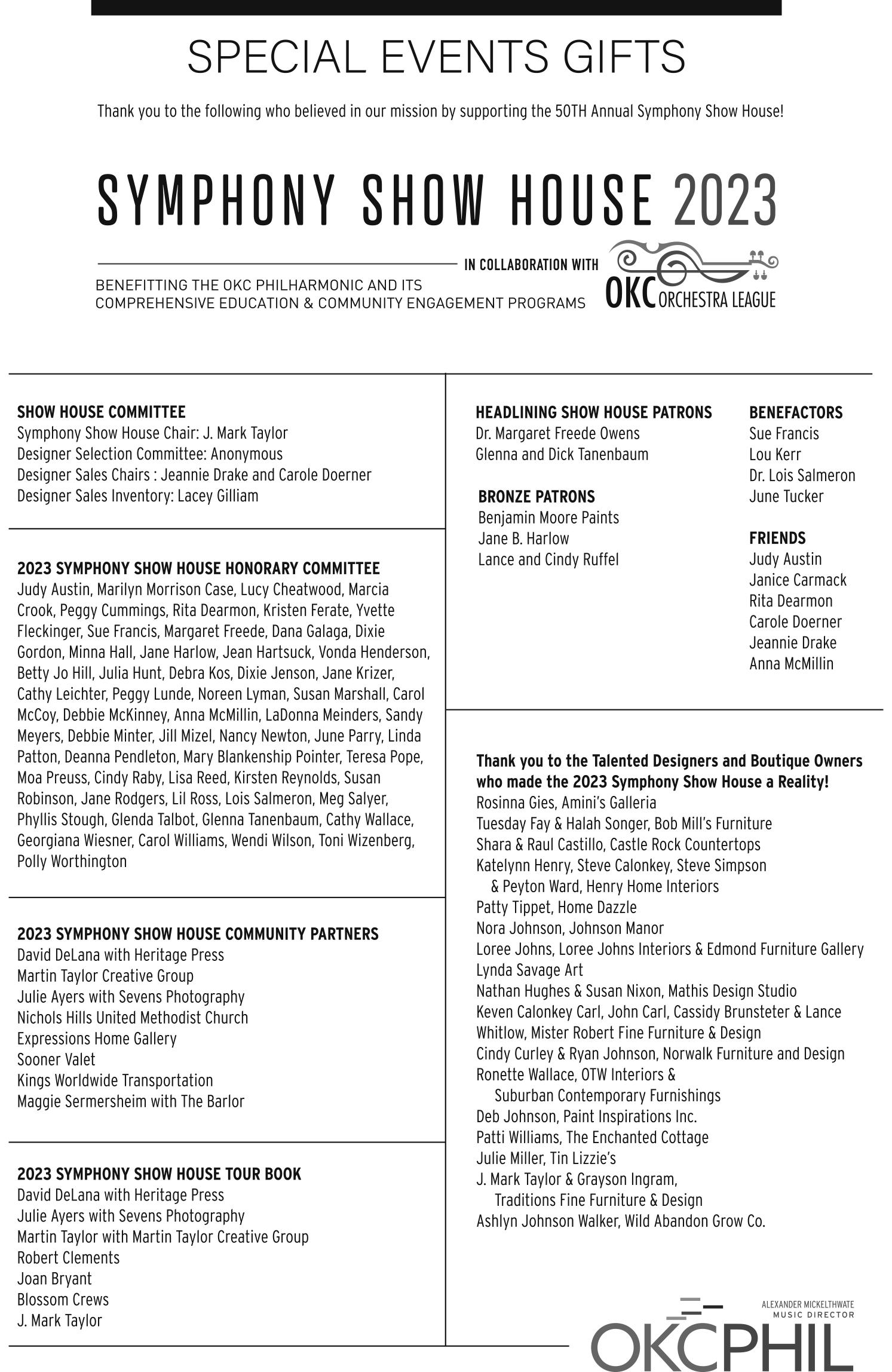
57

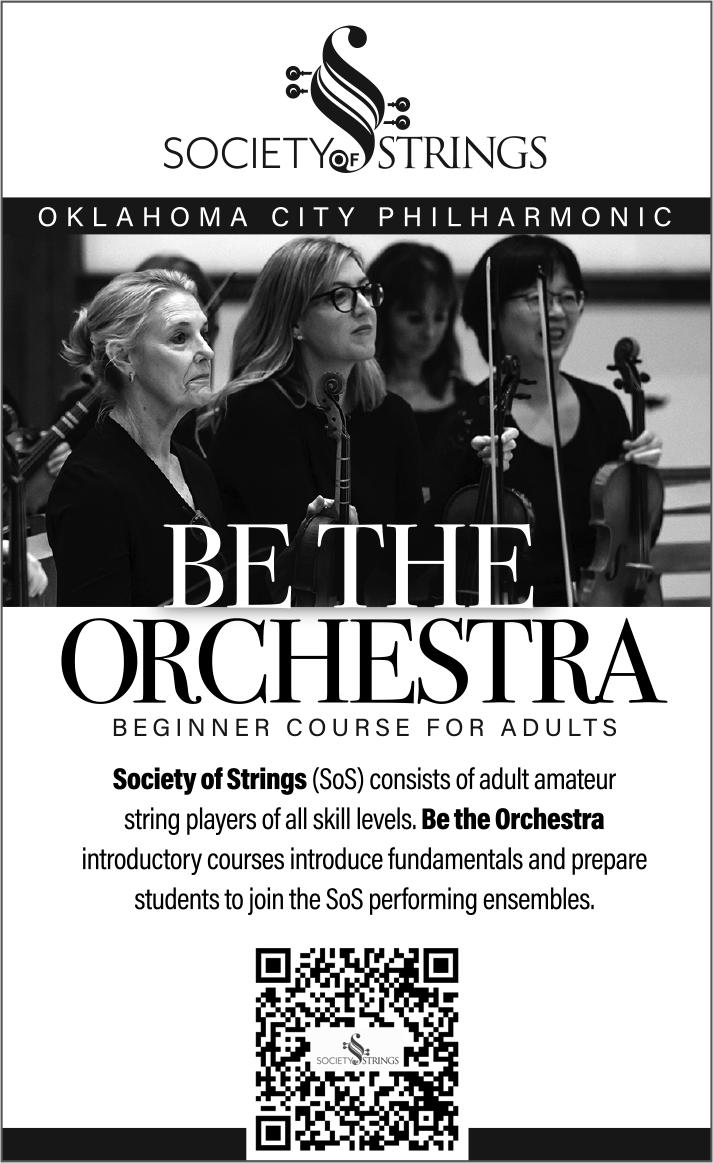






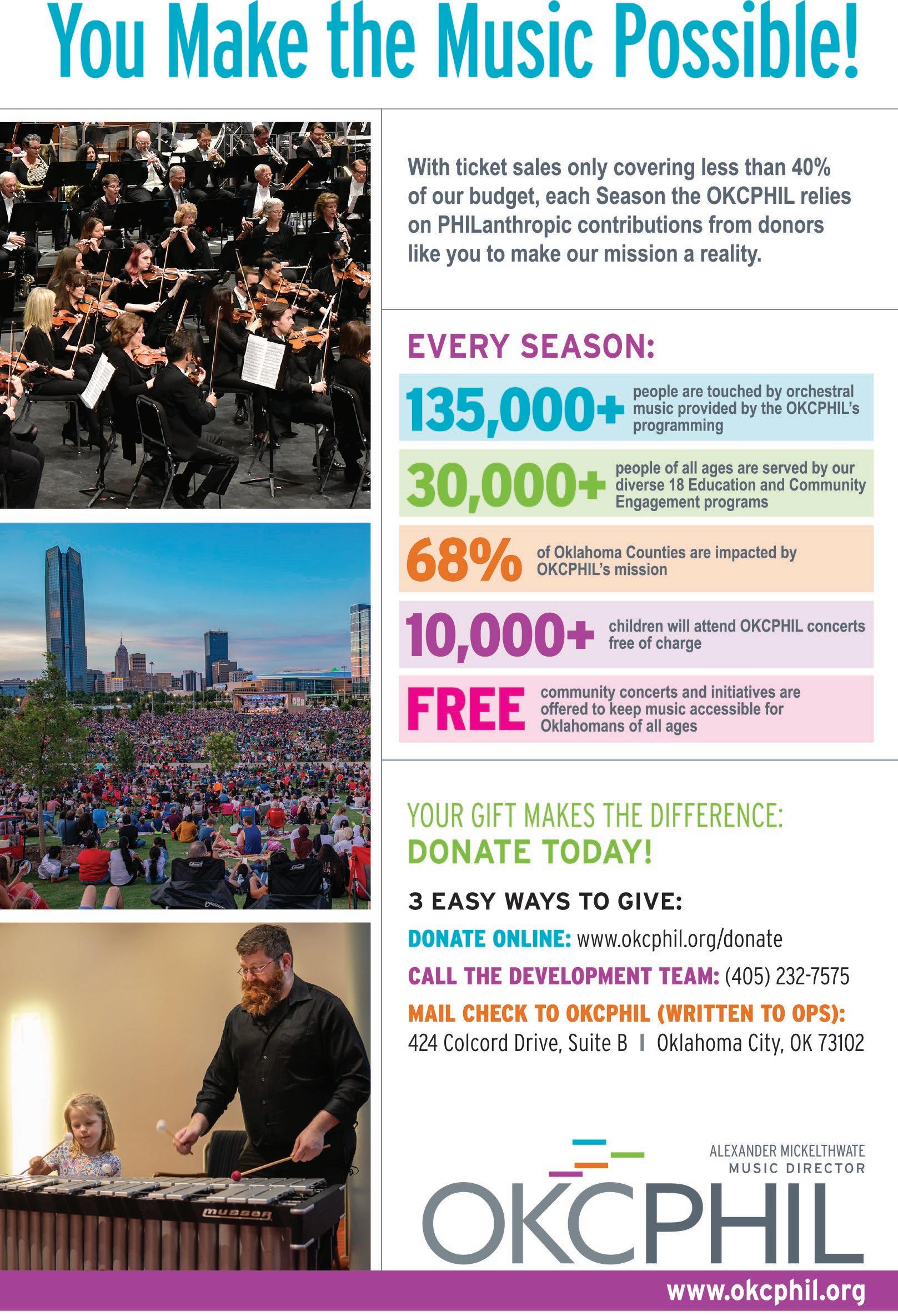
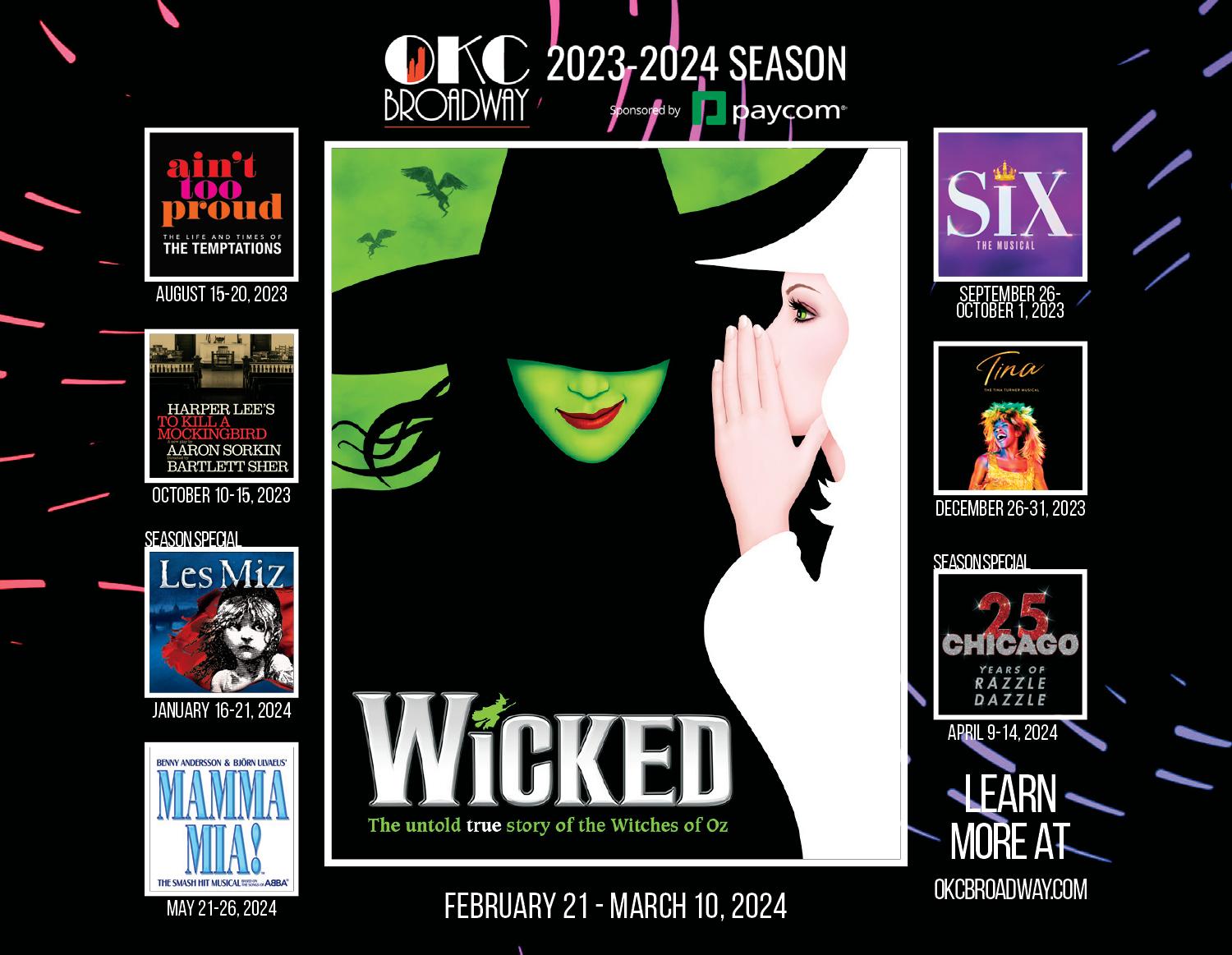















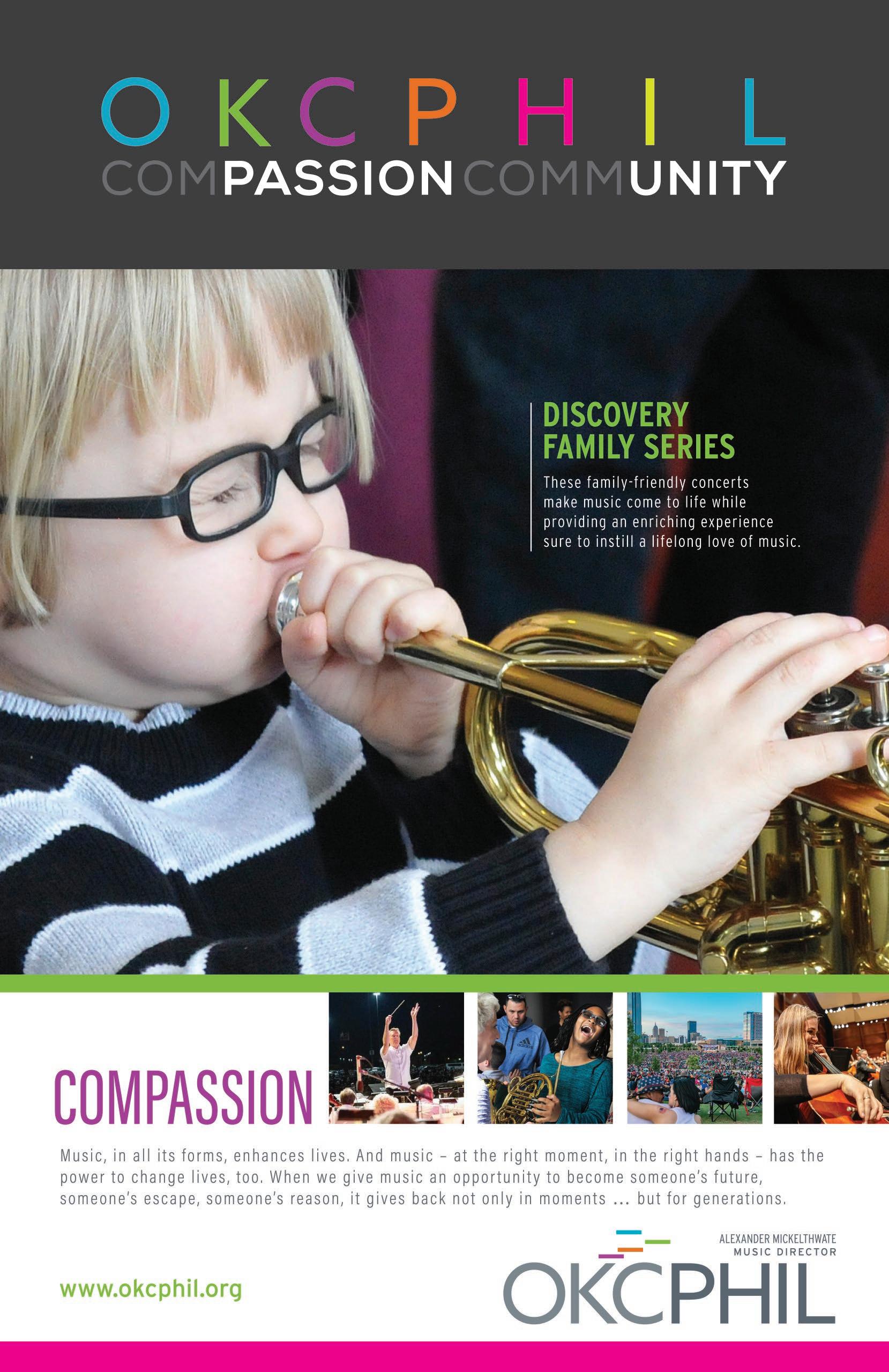






































 Anastasiya Petryshak, violin
Anastasiya Petryshak, violin






 J.S. BACH, ............... Toccata and Fugue in D minor arr. Stokowski
ALEXANDER MICKELTHWATE, CONDUCTOR
J.S. BACH, ............... Toccata and Fugue in D minor arr. Stokowski
ALEXANDER MICKELTHWATE, CONDUCTOR




















 Mark O’Connor
Mark O’Connor




























